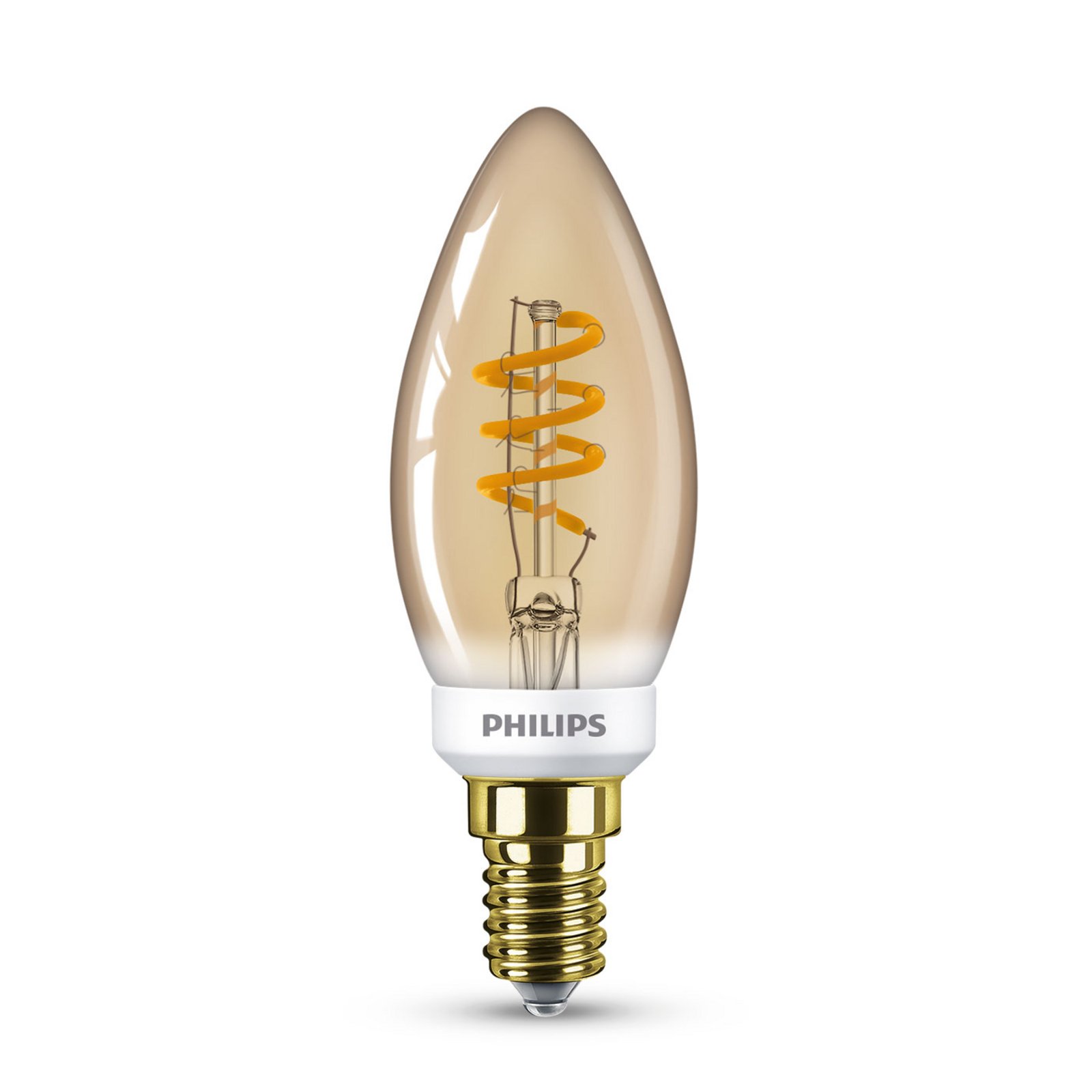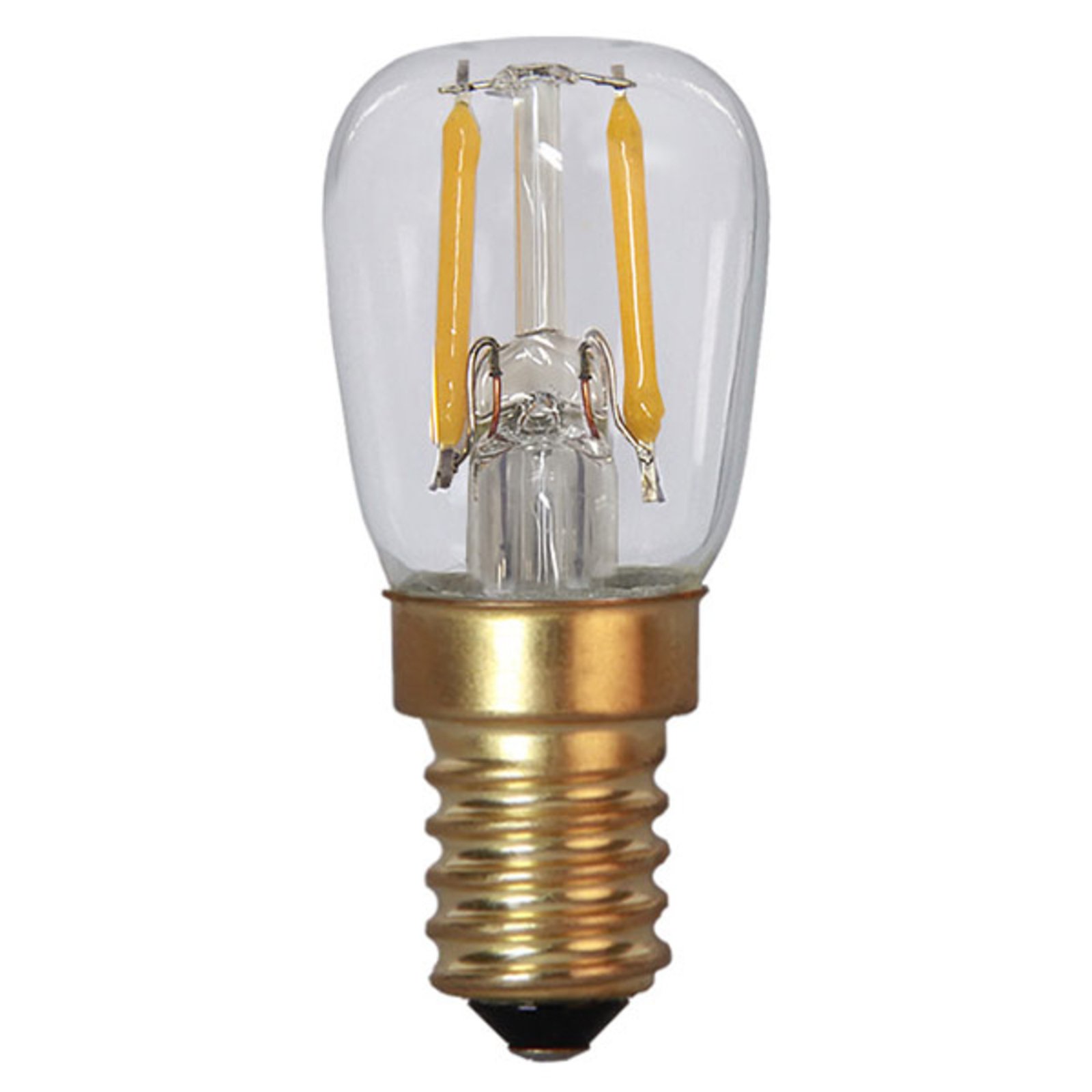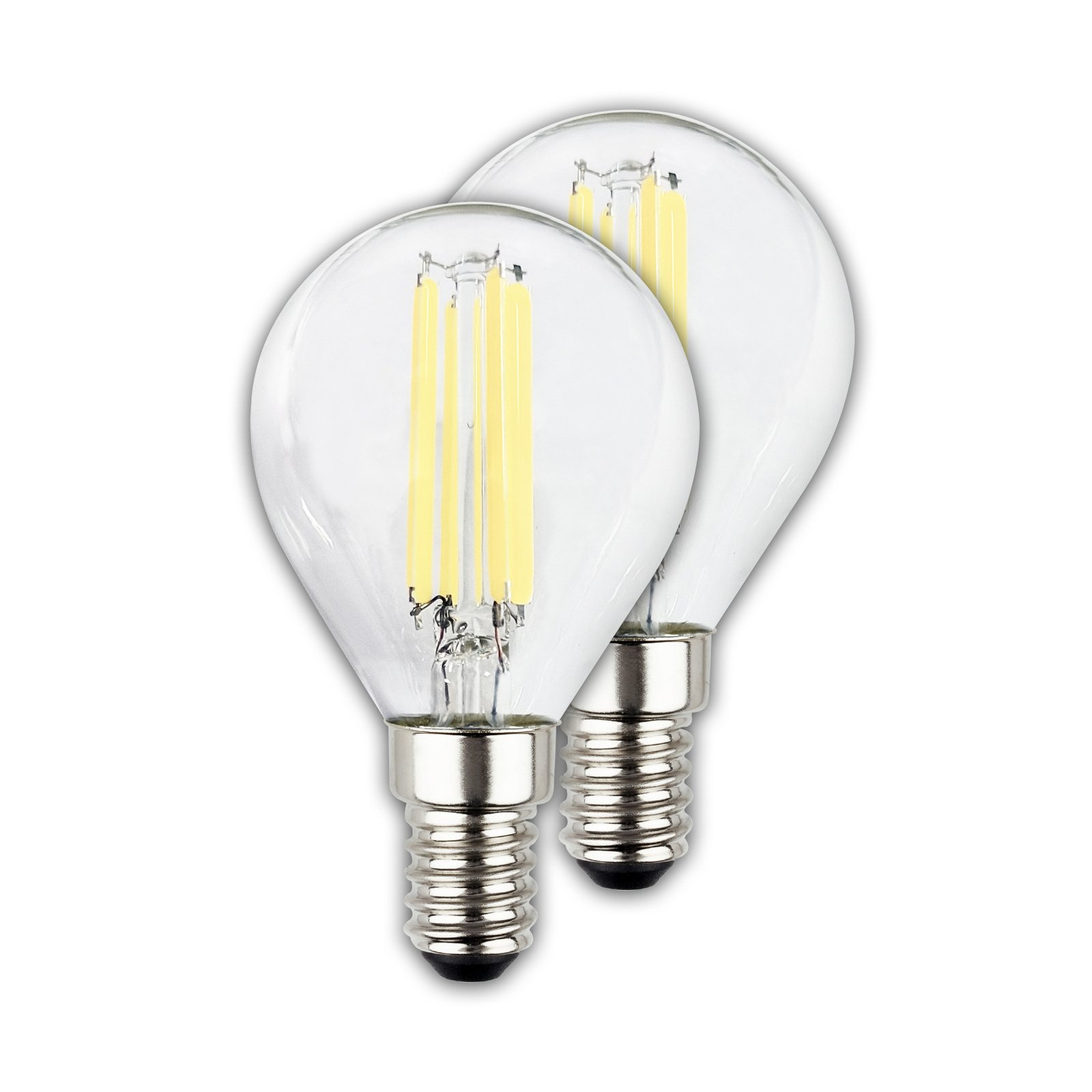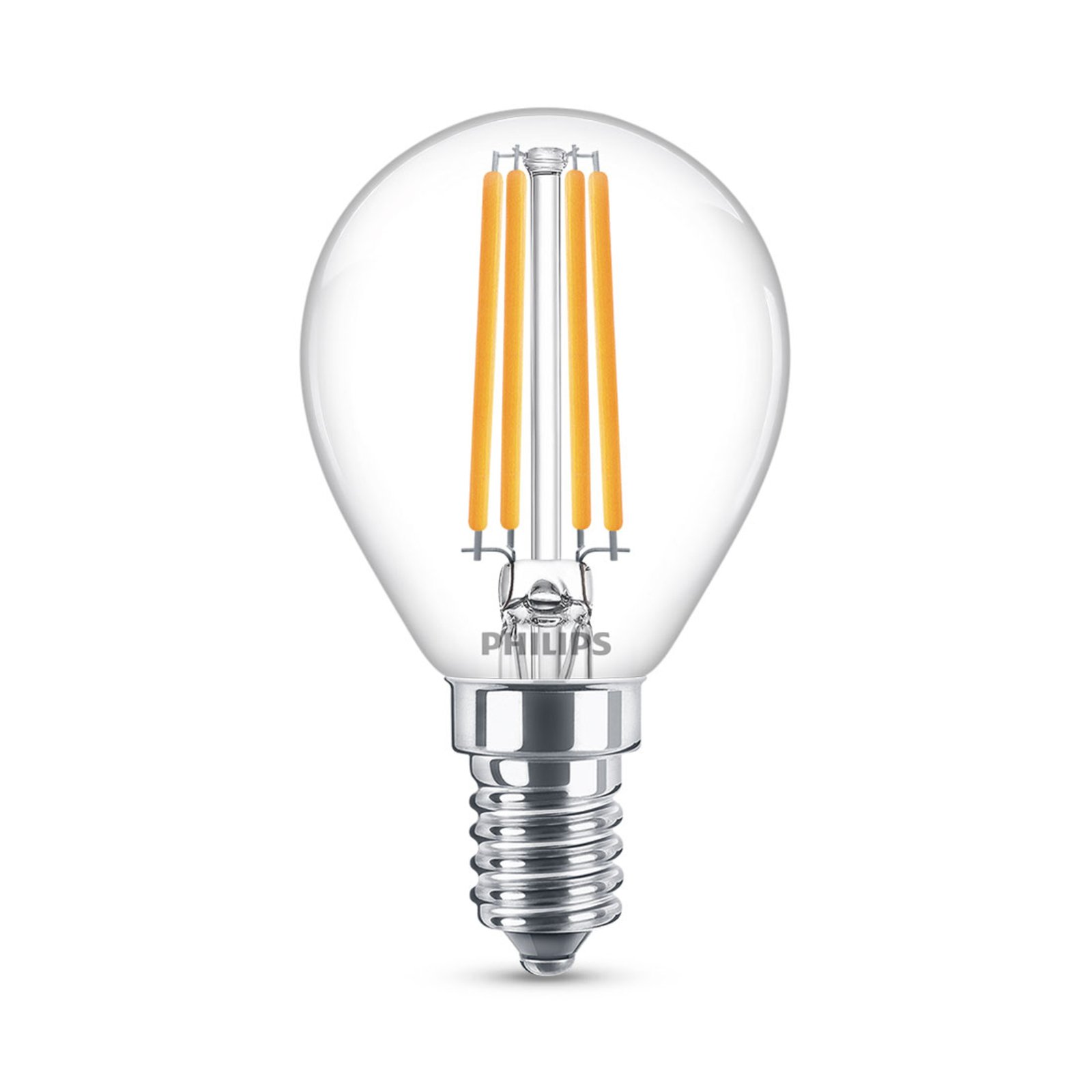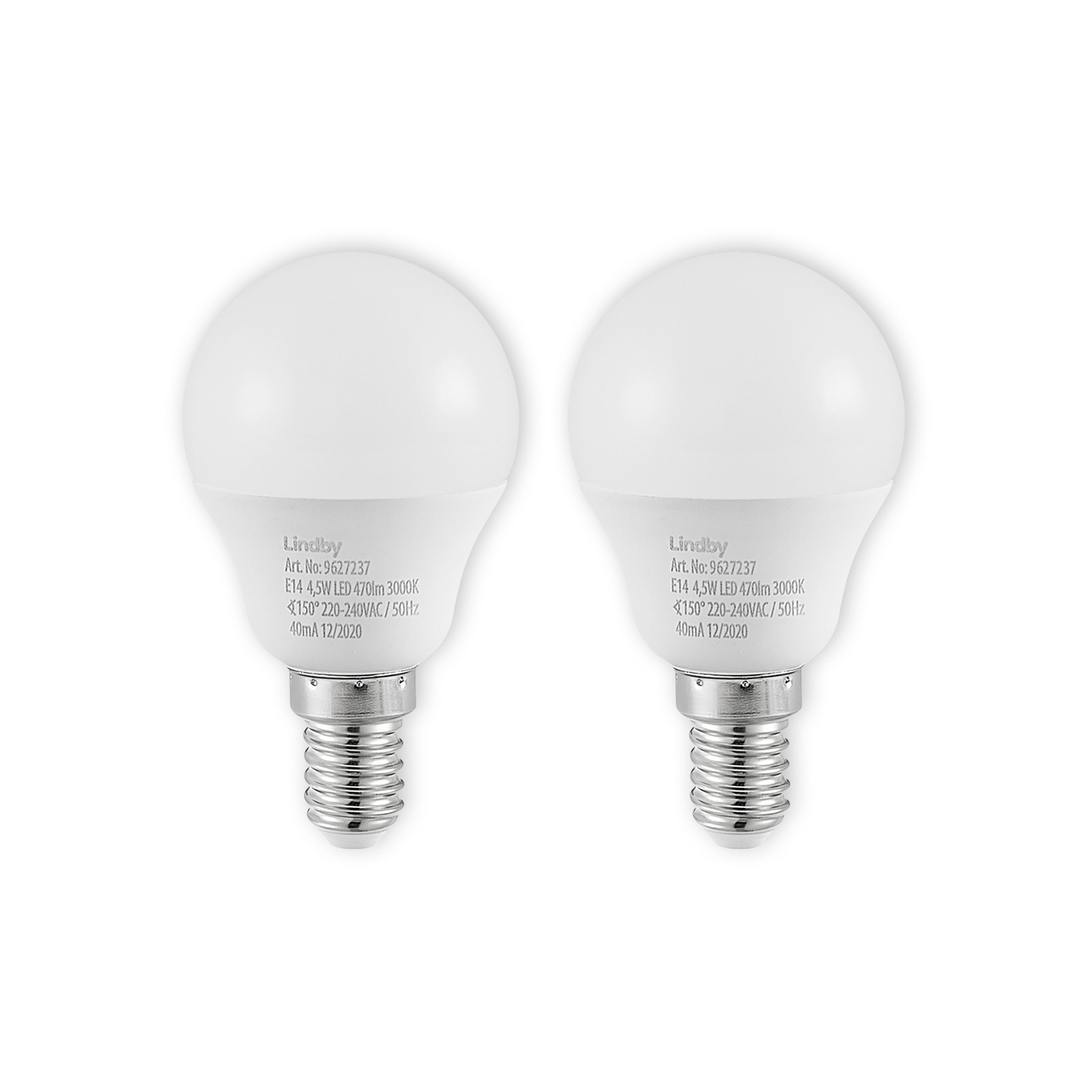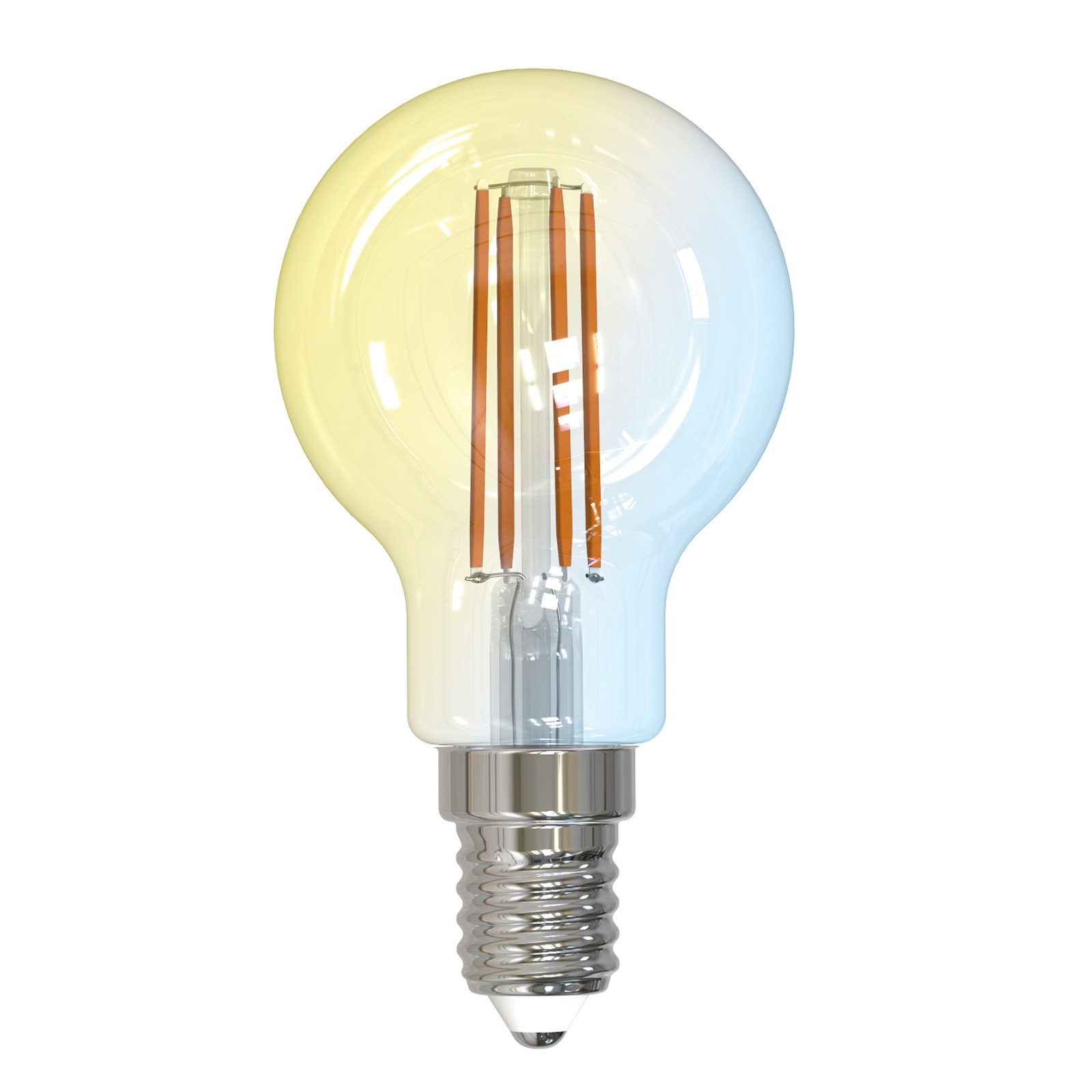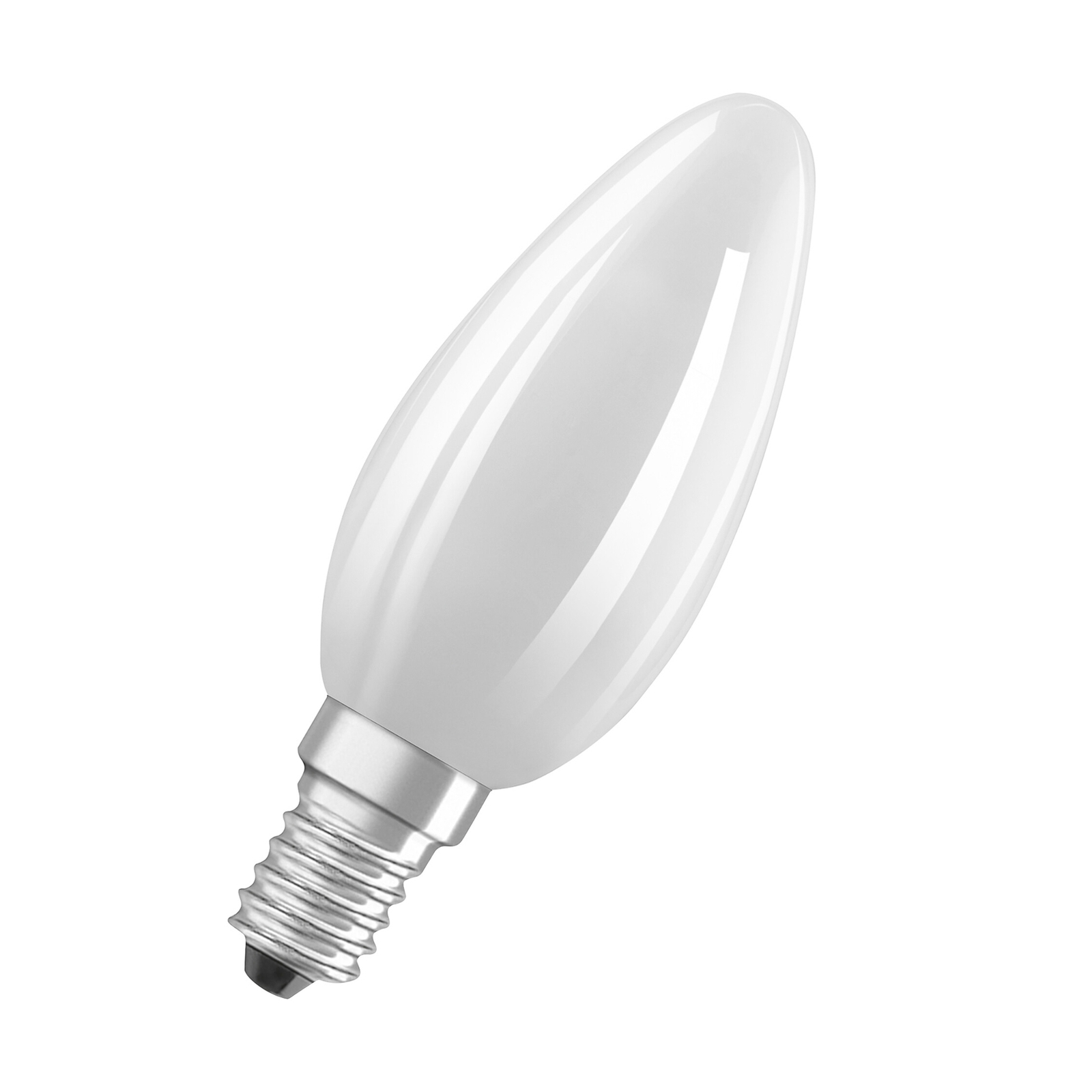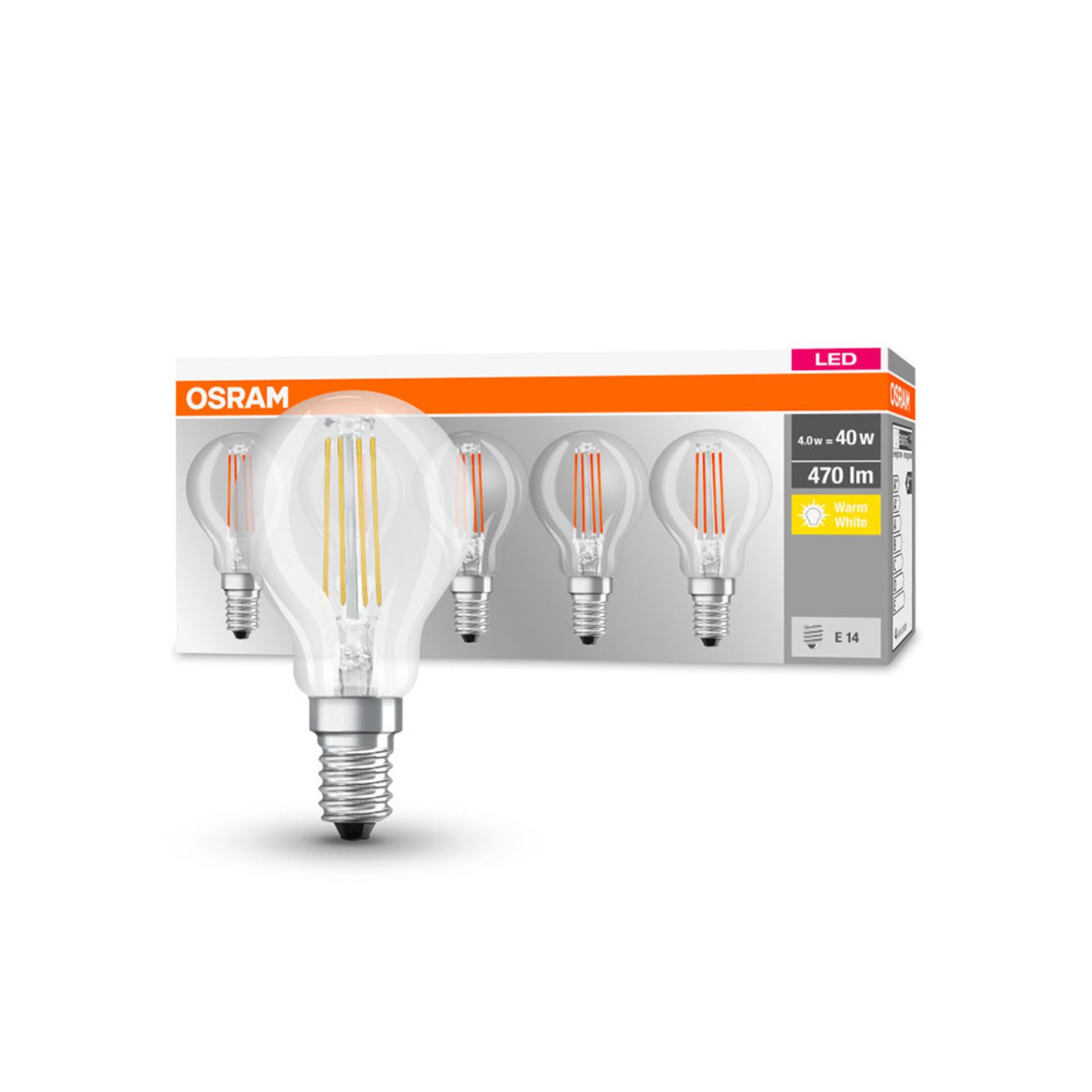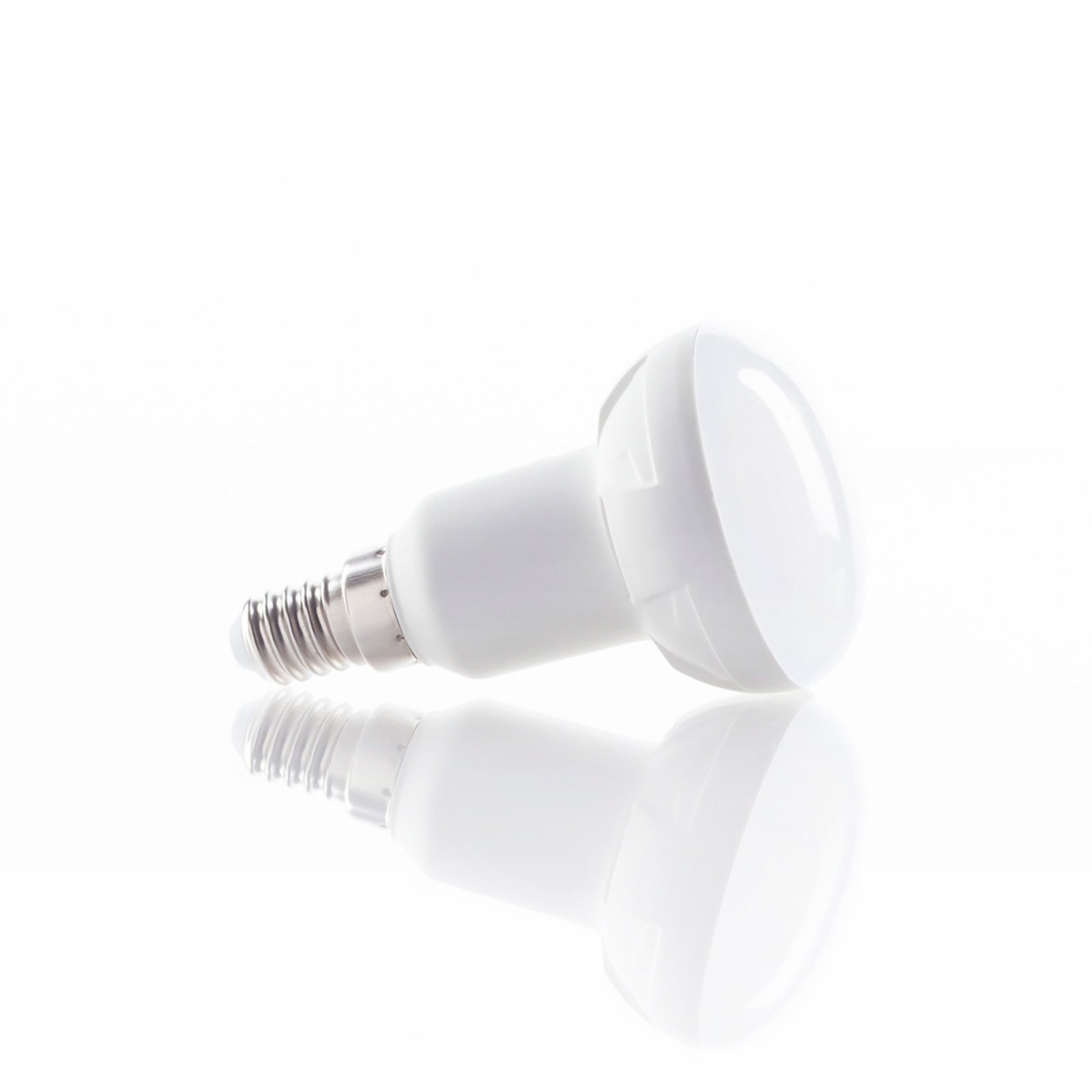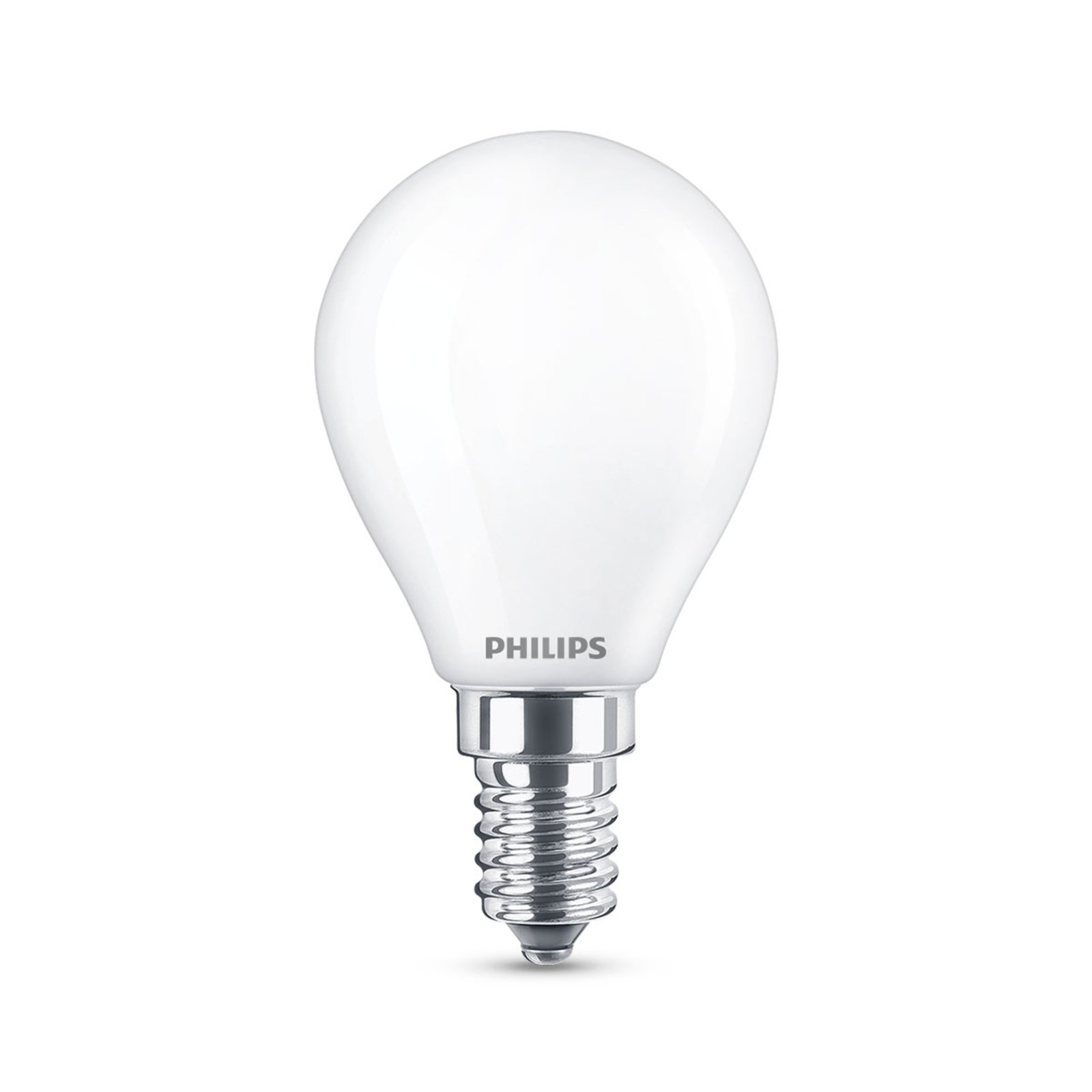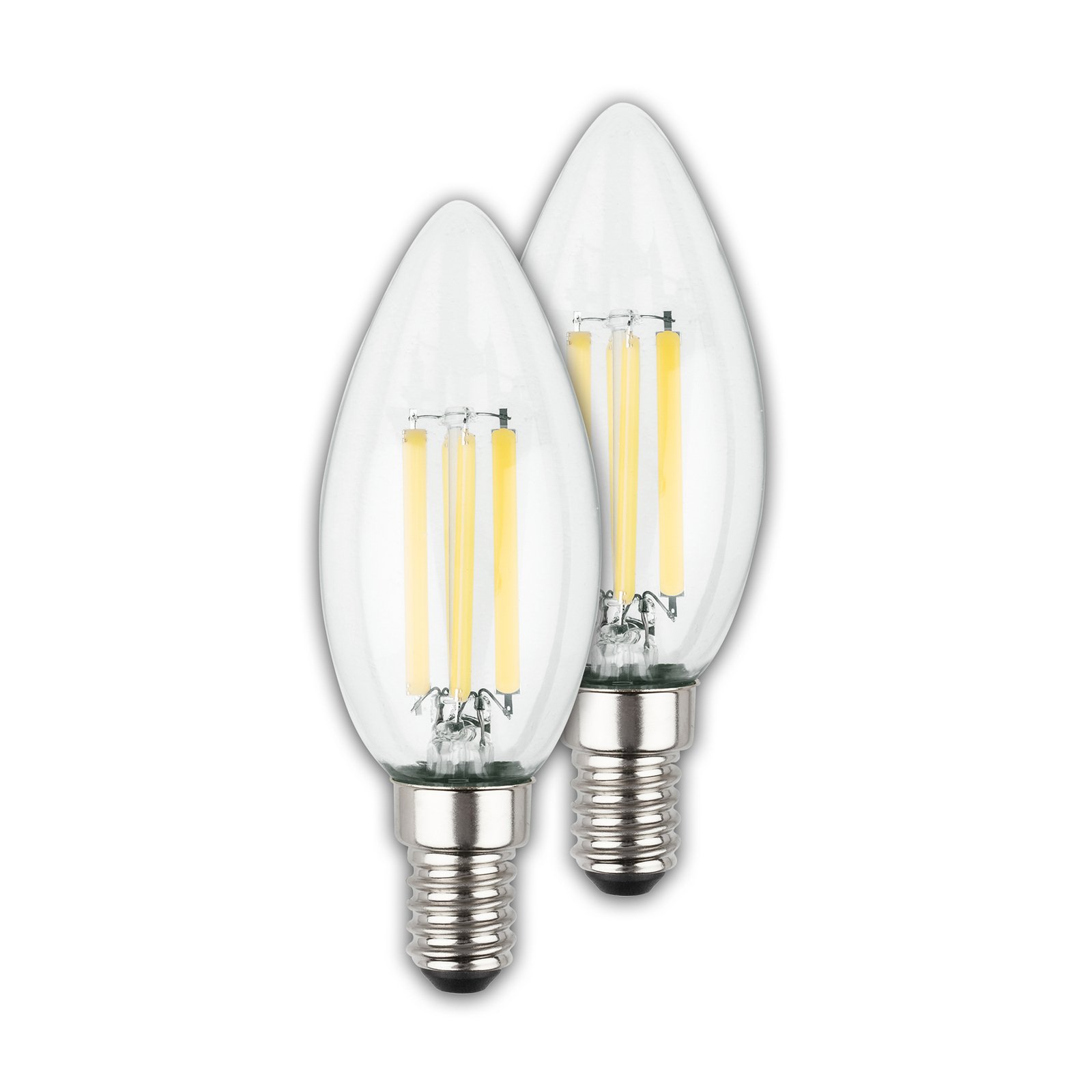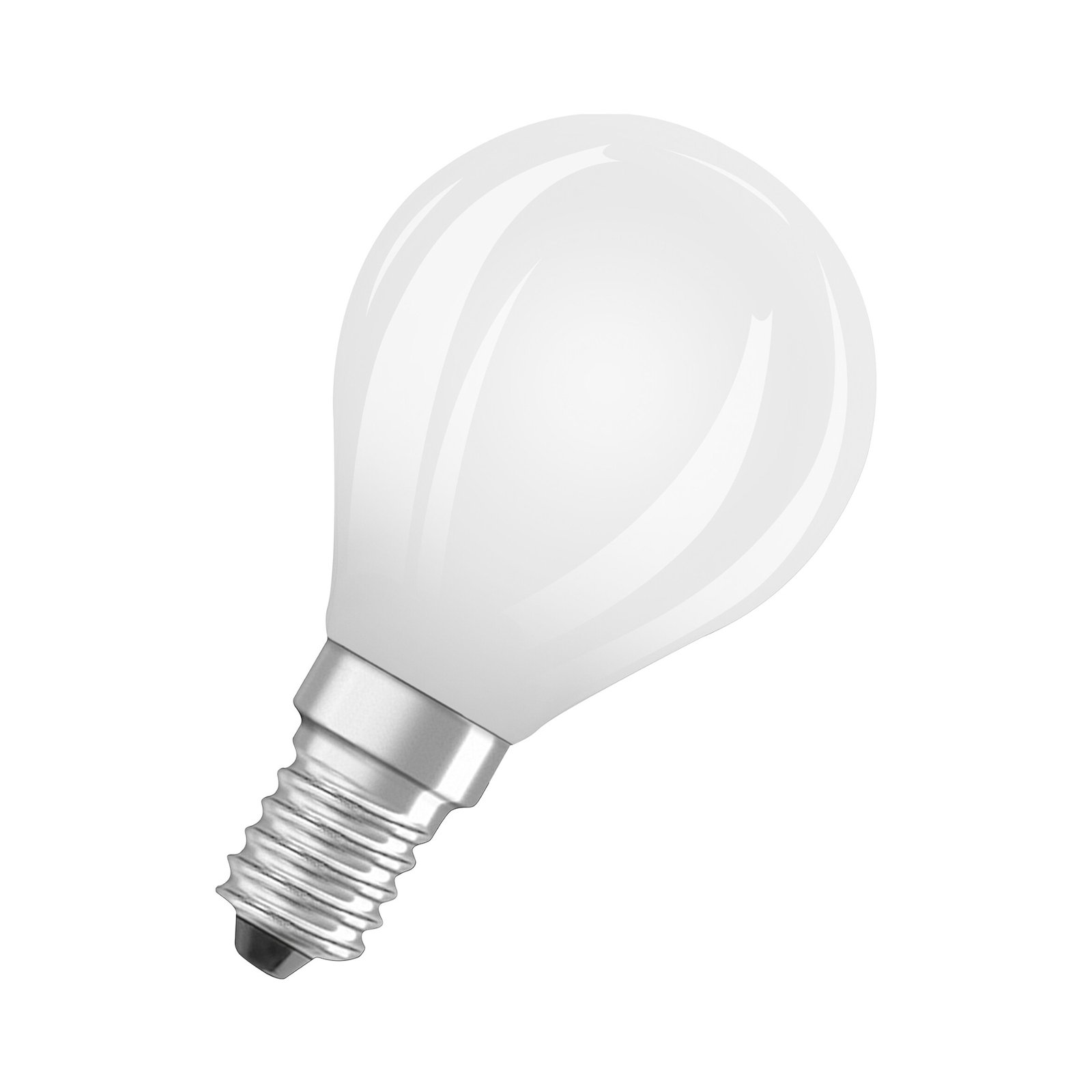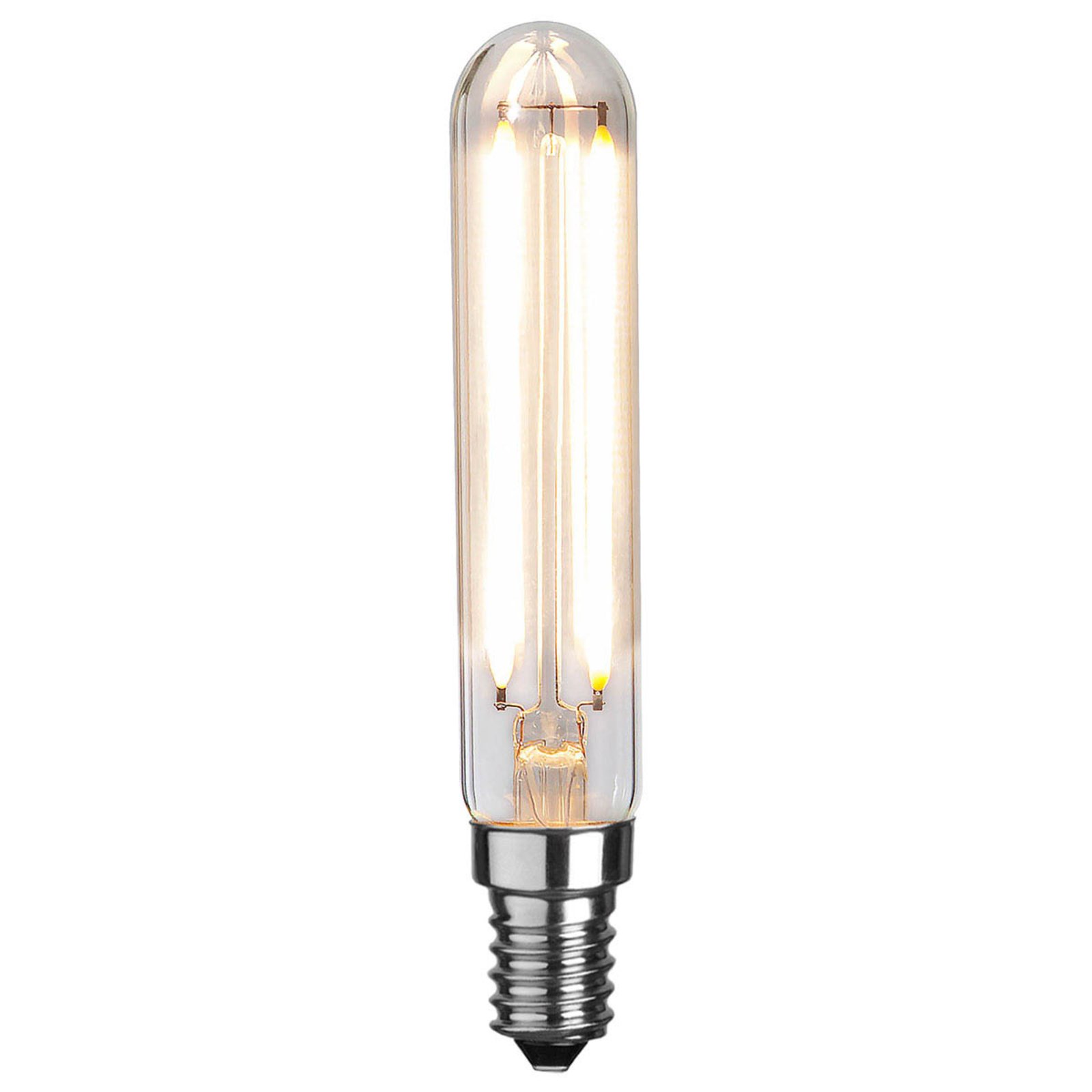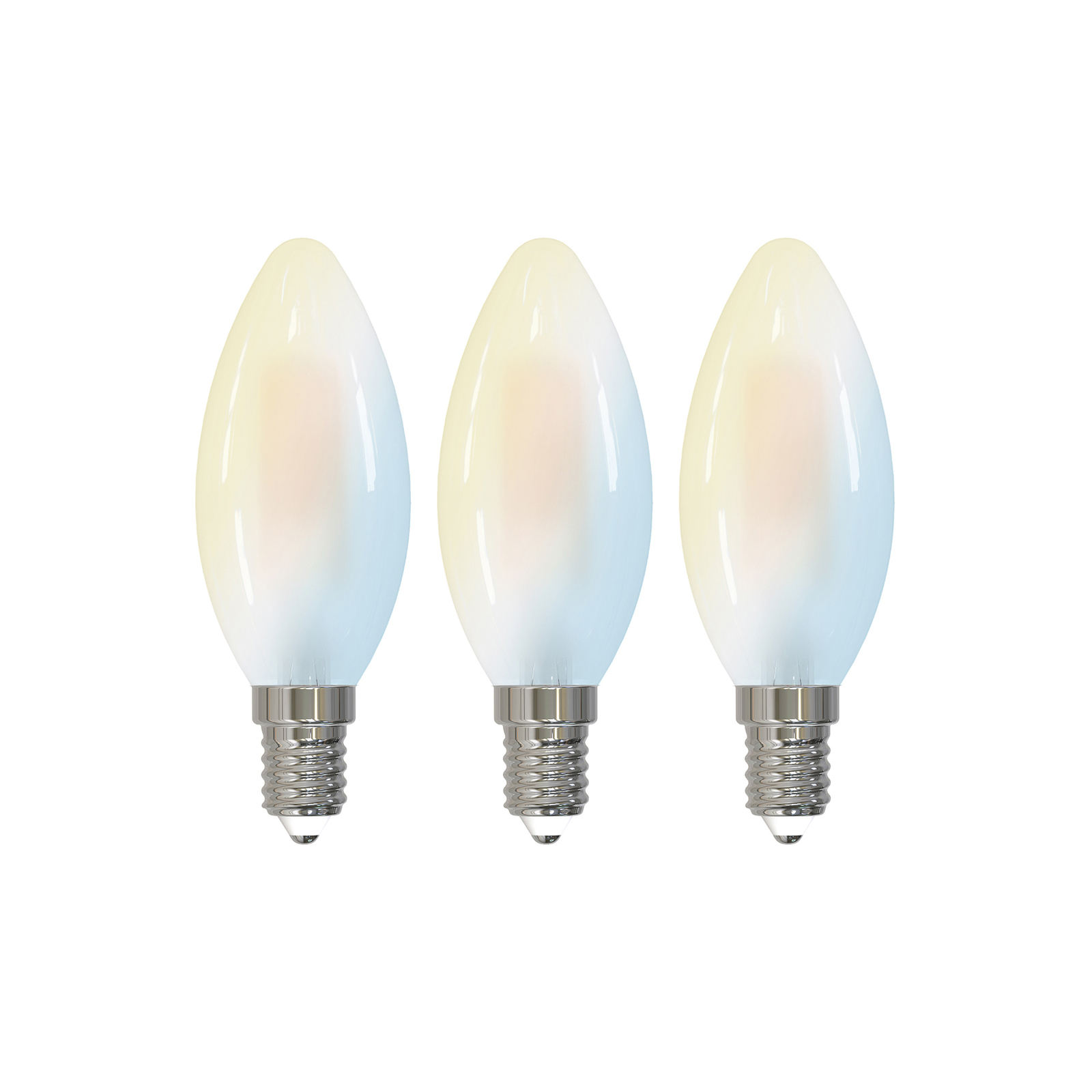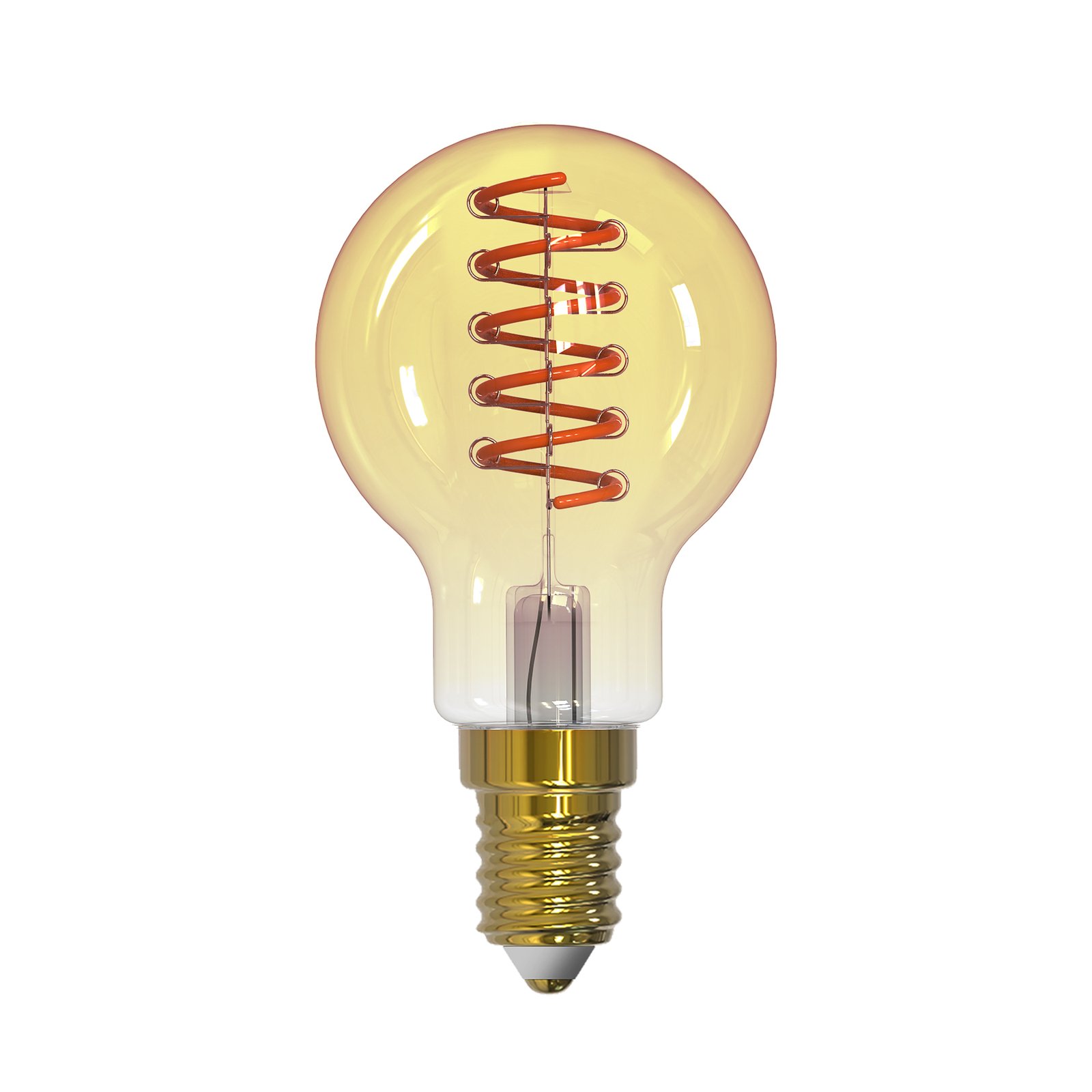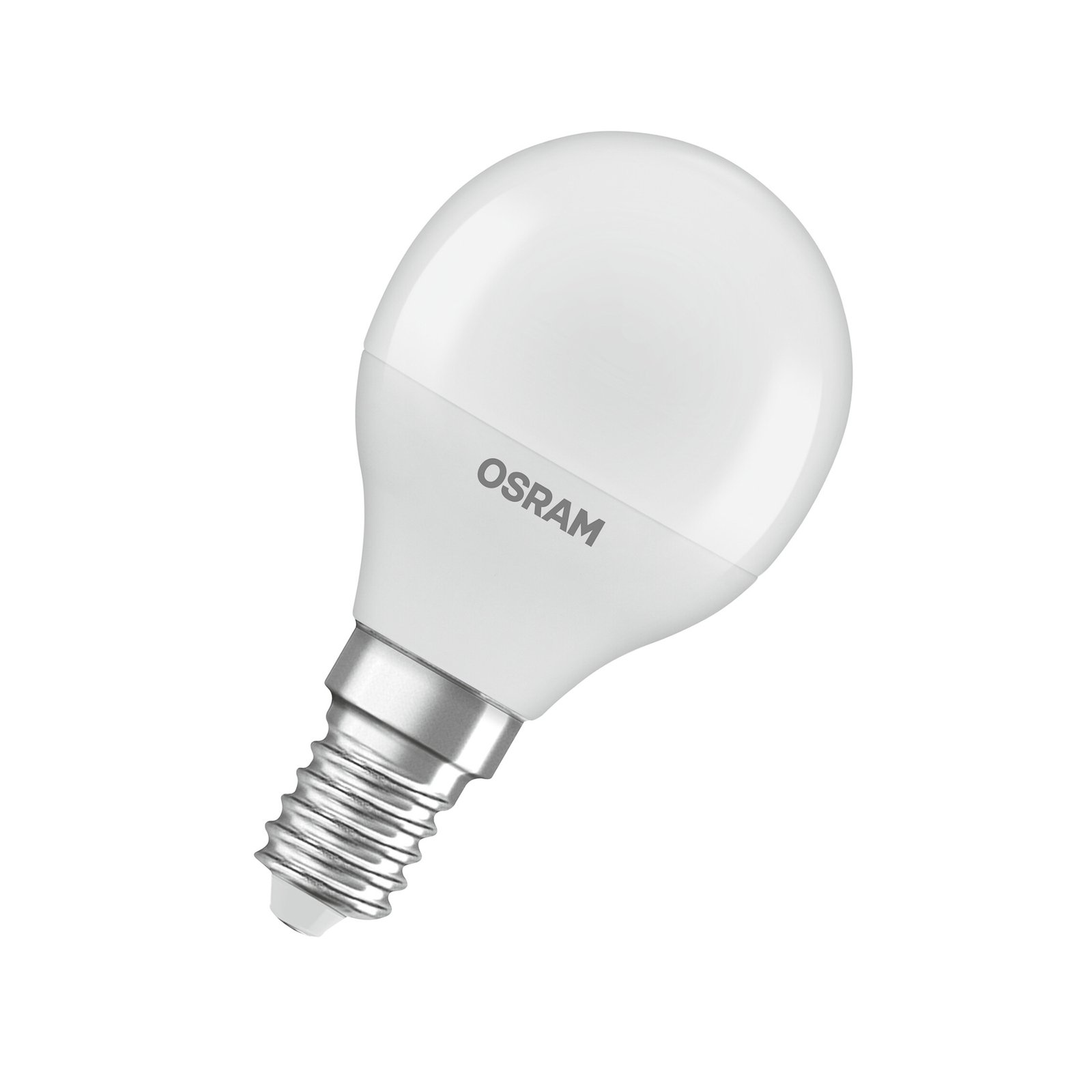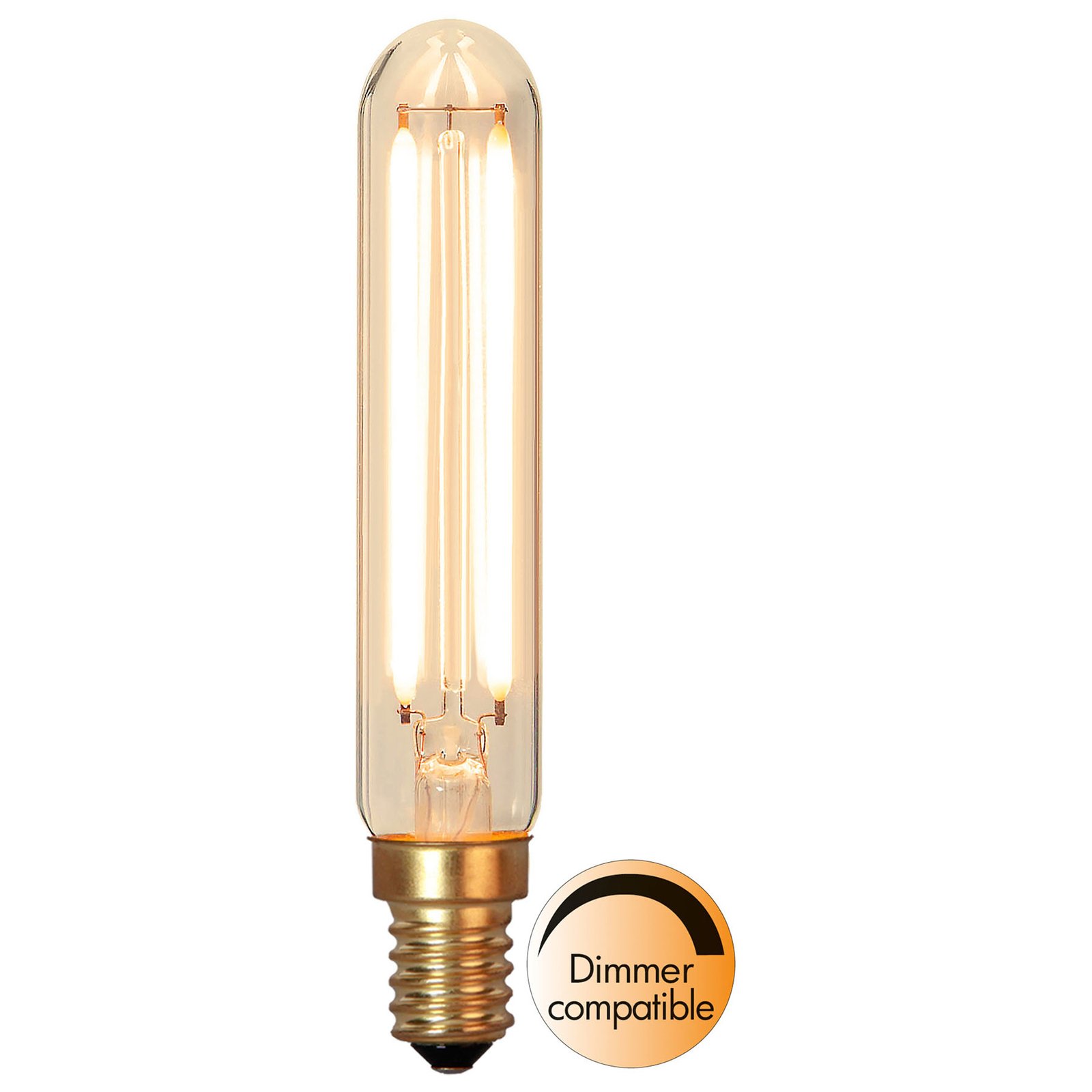- 50 days free returns
- Rated “Great” on Trustpilot
- The UK's largest selection of brands
E14 bulbs - the small base for great light
What does E14 mean for light bulbs?
:format(jpeg))
:format(jpeg))
E14? E14? Perhaps "turning in" 14 times. Or "save energy" by 14 %? No, not really. Well, what seems like a cryptic term is actually quite simple and easy to understand. And once you know it, you won't forget it. Because the letter "E" simply stands for Edison. And this refers to none other than the inventor of the light bulb, Thomas Alva Edison. And the number "14" simply stands for the diameter of the base. And in this case this is simply 14 mm. Sounds logical, or what do you think?
Did you know? E14 refers solely to the size of the base . But not what technology is in the light source itself. This means that, as with incandescent lamps in the past, halogen lamps , energy-saving lamps and of course LED \ lamps (so-called retrofits _) with an E14 base.
What types of E14 light bulbs are available?
Among other things, there is ....
- the classic bulb shape
- the candle shape and the so-called Gust of wind candle shape - particularly cool e.g. in a domestic chandelier in the hallway
- the tube shape - e.g. for the small lamp in the refrigerator
- the reflector shape
- the spiral shape (yes, mainly found in the good old energy-saving lamps)
:format(jpeg))
:format(jpeg))
:format(jpeg))
And why are there so many different shapes? Quite simply because E14 is one of the standard bases for light sources alongside E27. And can therefore also be used in many different luminaires. That is why there is no generally applicable figure for the size of an E14 light bulb. The length can vary between 57 and 127 mm. This is particularly good to know if, for example, only a very small light source fits into your luminaire or only in a certain shape. And the technology inside the light source is also very different. There are halogen lamps, as well as energy or LED lamps.
You can easily find out how big the light source is and what technology it contains in the_ product details and the product description _.
Are there E14 light bulbs with special features?
Yes, they do exist. This is because an E14 bulb differs from another E14 bulb not only in terms of its size, shape and the actual lighting technology (LED, halogen, etc.) it contains. There are also a wide variety of designs in terms of colour change, dimmability or even smart home capability.
These special features for E14 light sources can be
✔ Dimmable
That's what we were used to. Every bulb we bought was also dimmable. This also applied to all those with an E14 base. The prerequisite was that we had a dimmer at home. This is also still the case today with halogen lamps. They are all dimmable. The situation is somewhat different with LED lamps. This is because not all LEDs are dimmable. But that doesn't matter. You can see exactly which LEDs can be dimmed and which cannot in the product details. So: just have a look. However, the best way to find out which dimmer you need for your new, dimmable LED light source is to ask our specialist consultants. You will find the contact details below.
✔ With colour change
Rather red? Or rather green? Oh no, I'd rather have a nice, cool blue today. If you like it colourful and can't or don't want to decide on a colour, we recommend E14 bulbs with integrated colour change. Simply look in the product details under Light colour to find out whether you can become a chameleon with the selected light source.
:format(jpeg))
✔ With remote control
Switch from green to blue light. From red to yellow. But how and where can you set this, you may ask. Well, there are various possibilities. And one of them is: a remote control. As with E14 light sources from iDual, for example. But it's not just green or blue light that can be easily adjusted. Switching between light colours such as warm white or universal white, dimming, cool light effects and automatic colour changes are all no problem.
✔ Philips Hue
The fridge, washing machine, heating and blinds are already part of your smart home? And now, of course, the light should also become smart? No problem - e.g. with Philips Hue. With Philips Hue, you can choose between lights with permanently installed LED technology and light bulbs that can simply be screwed into your favourite lights. And since many lights not only have an E27 socket, but also E14, Philips Hue light sources are of course also available with E14 base. So: select, screw in and enjoy the smart light.
:format(jpeg))
The strike-through prices correspond to the manufacturer's RRP.
All prices include 20% VAT, delivery costs excluded.















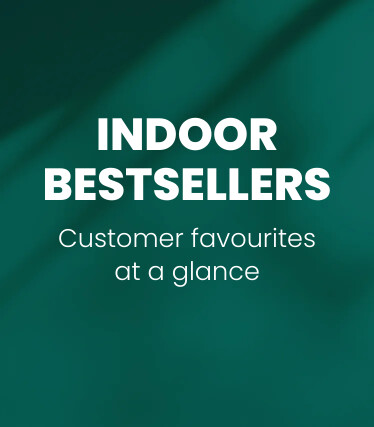




















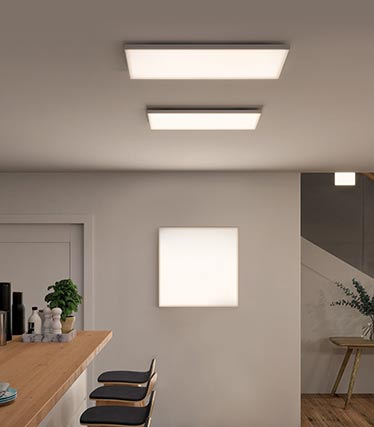









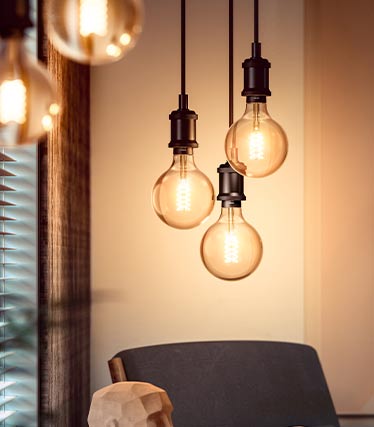








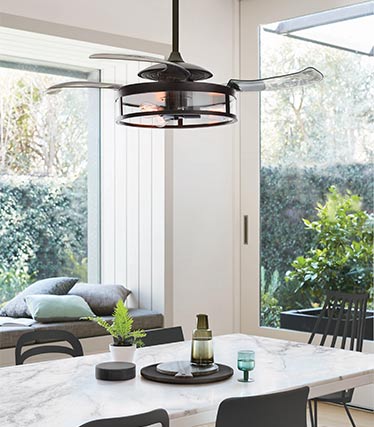

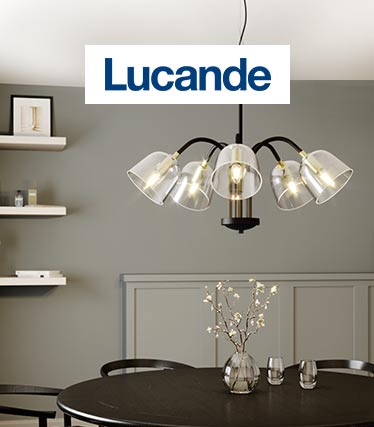




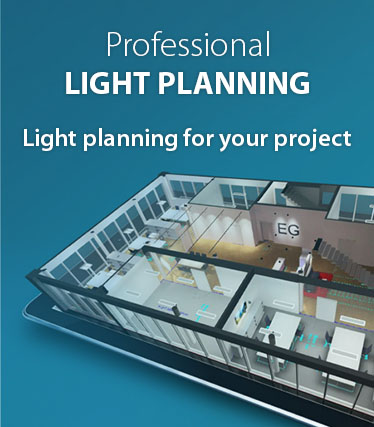




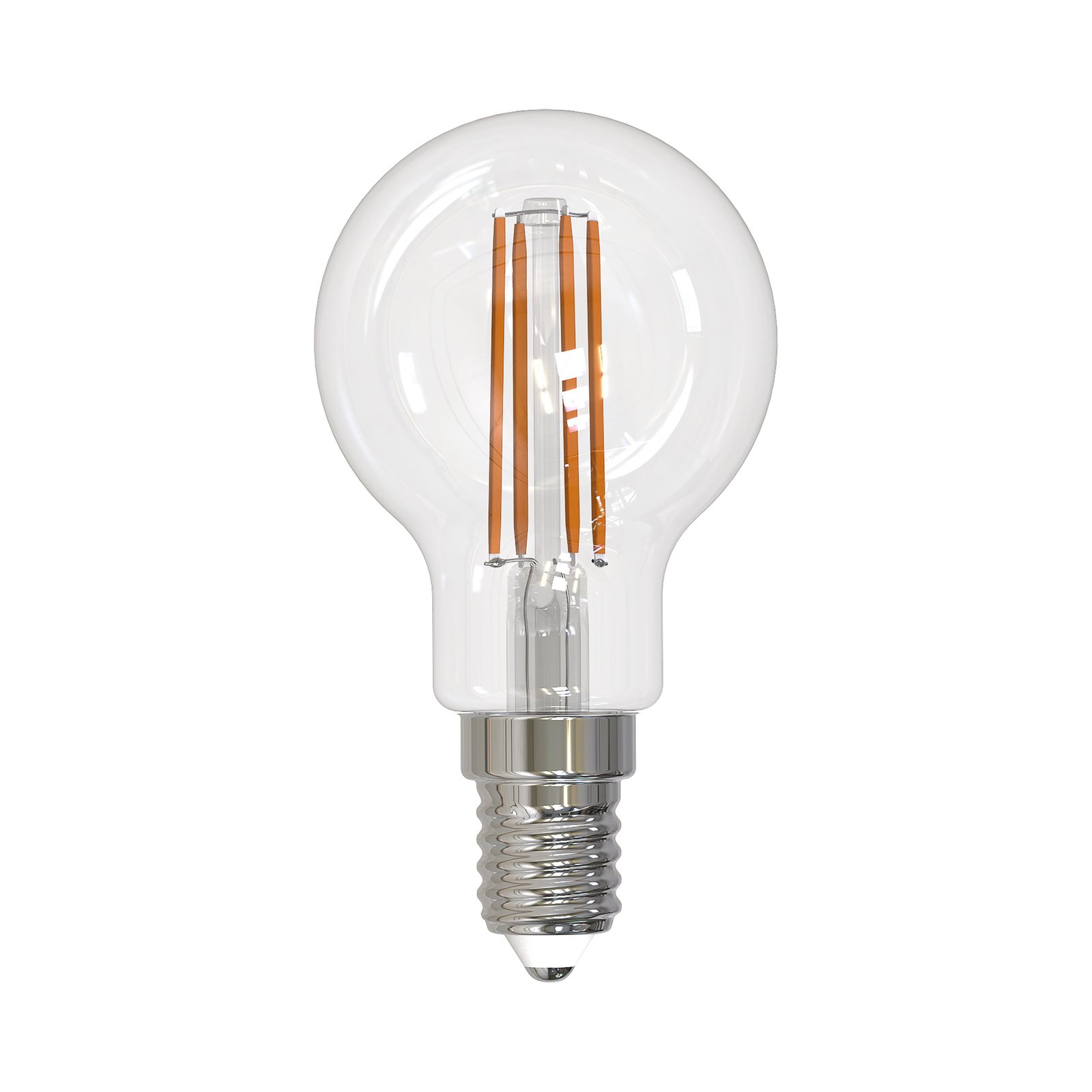
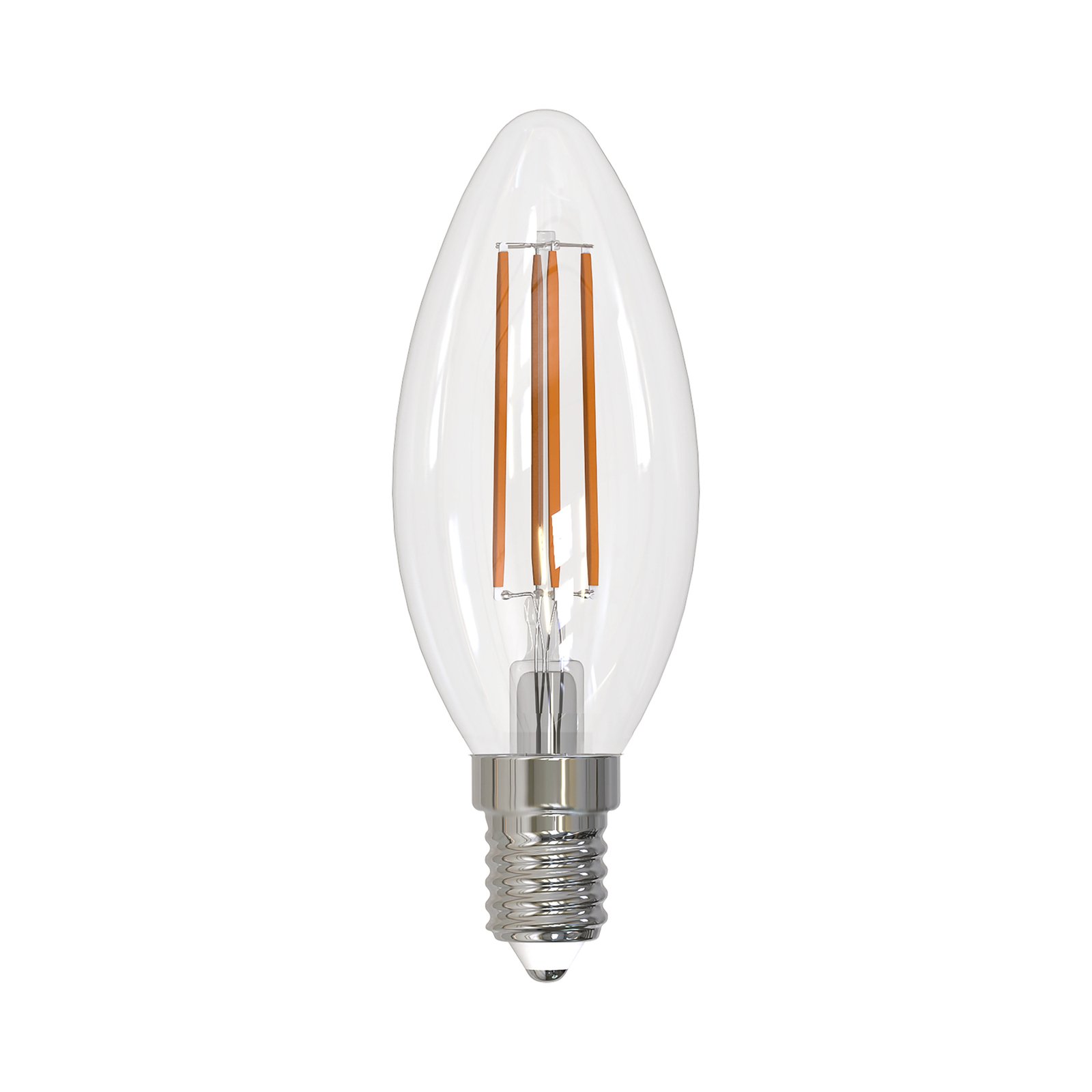
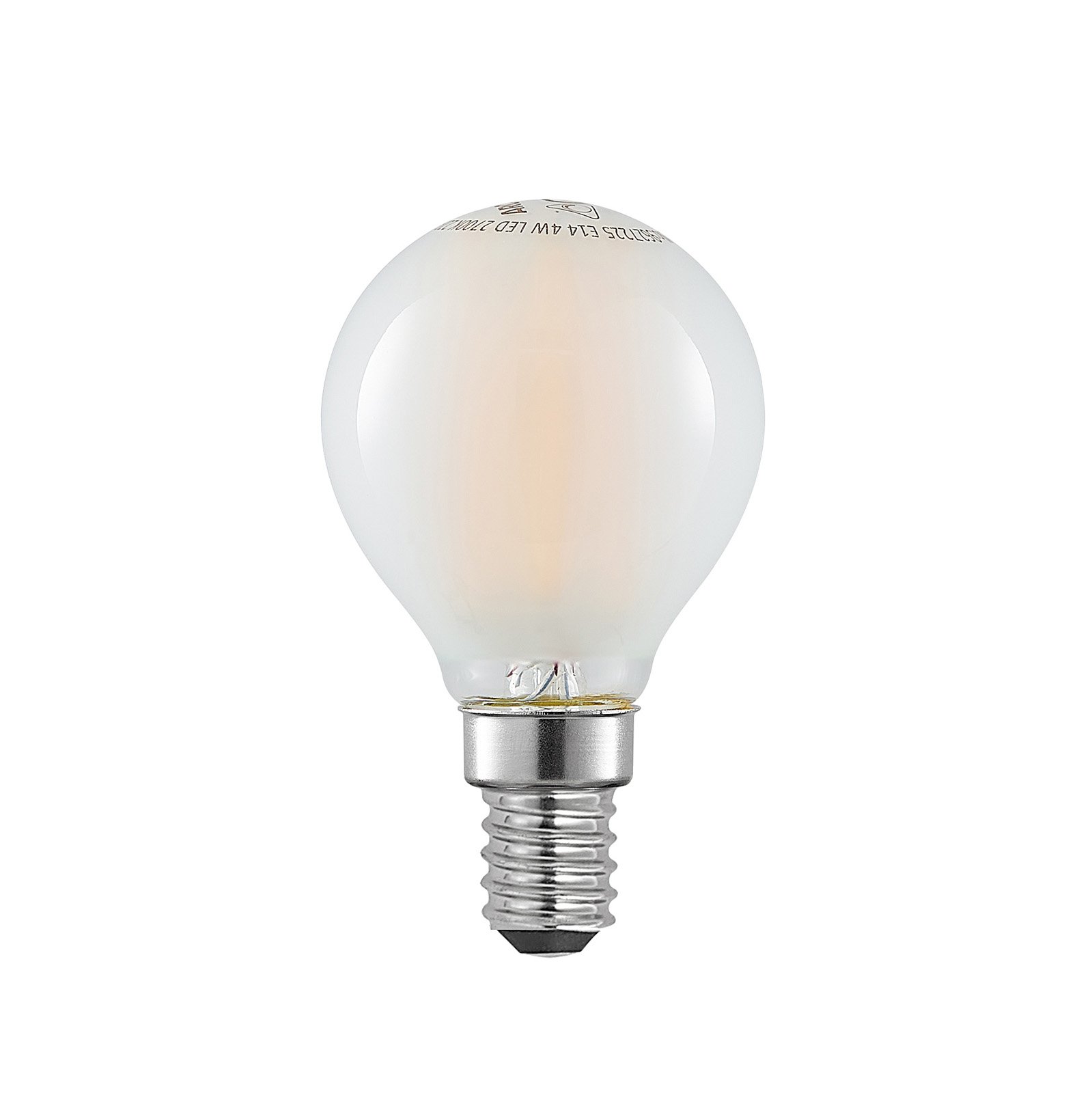
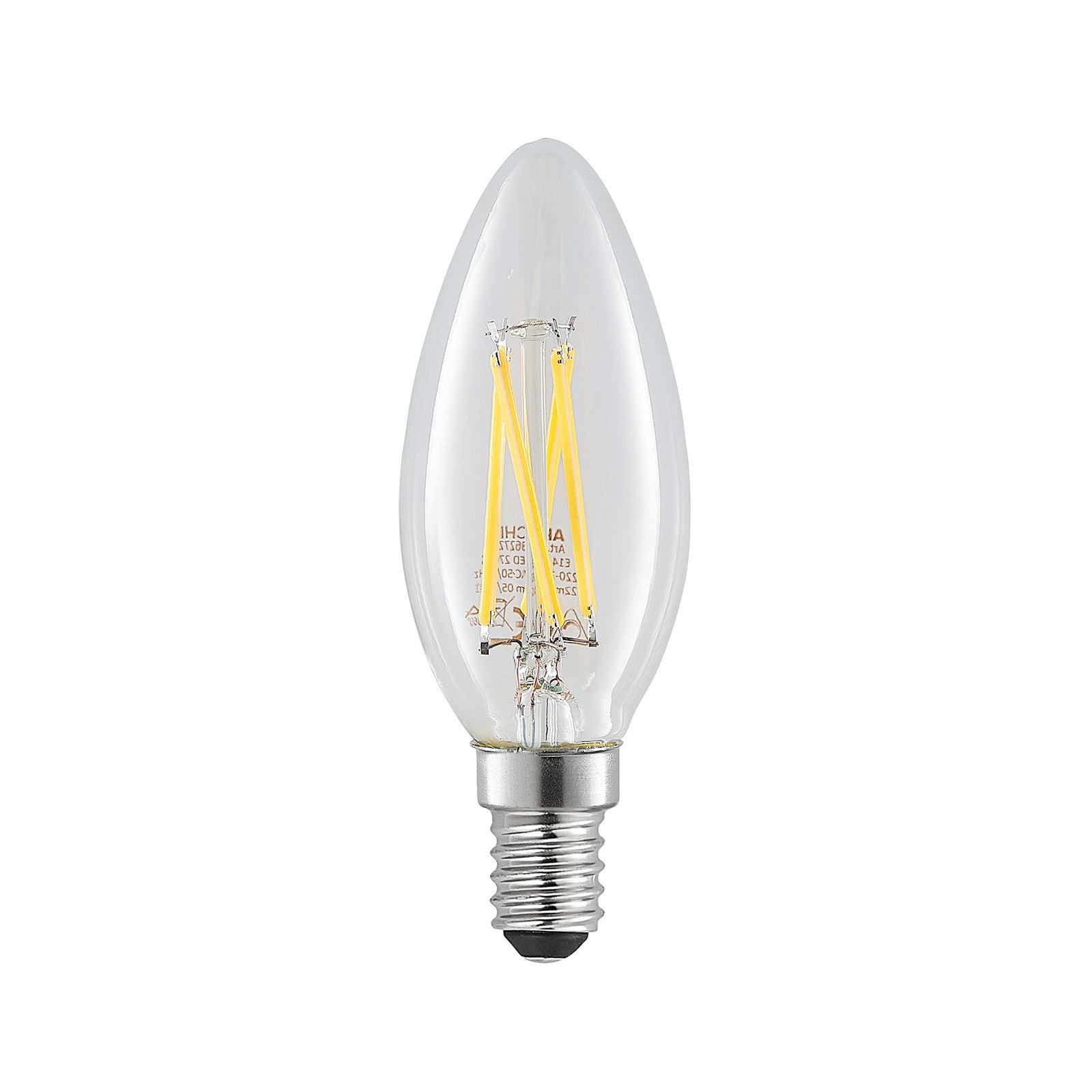
:format(jpeg))
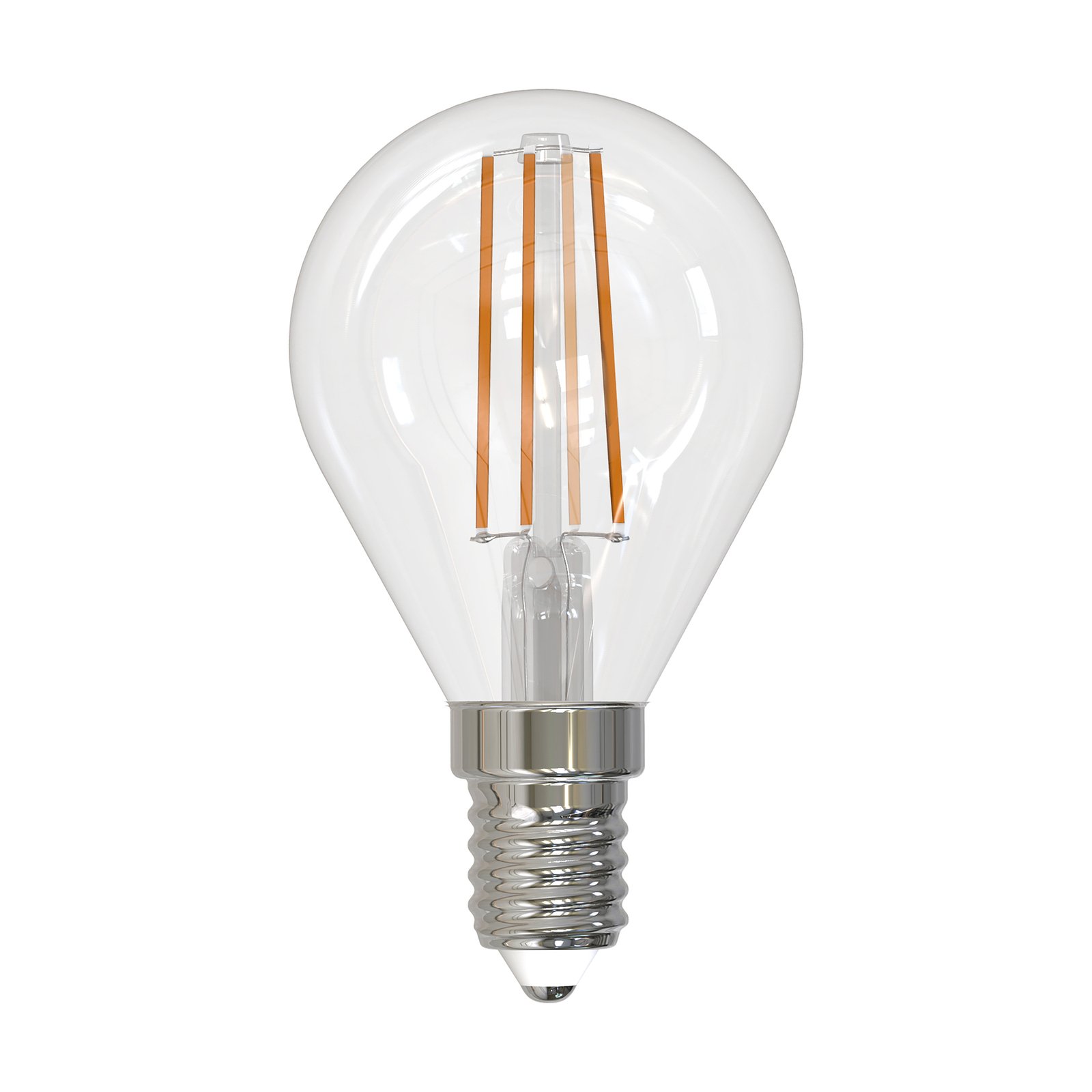
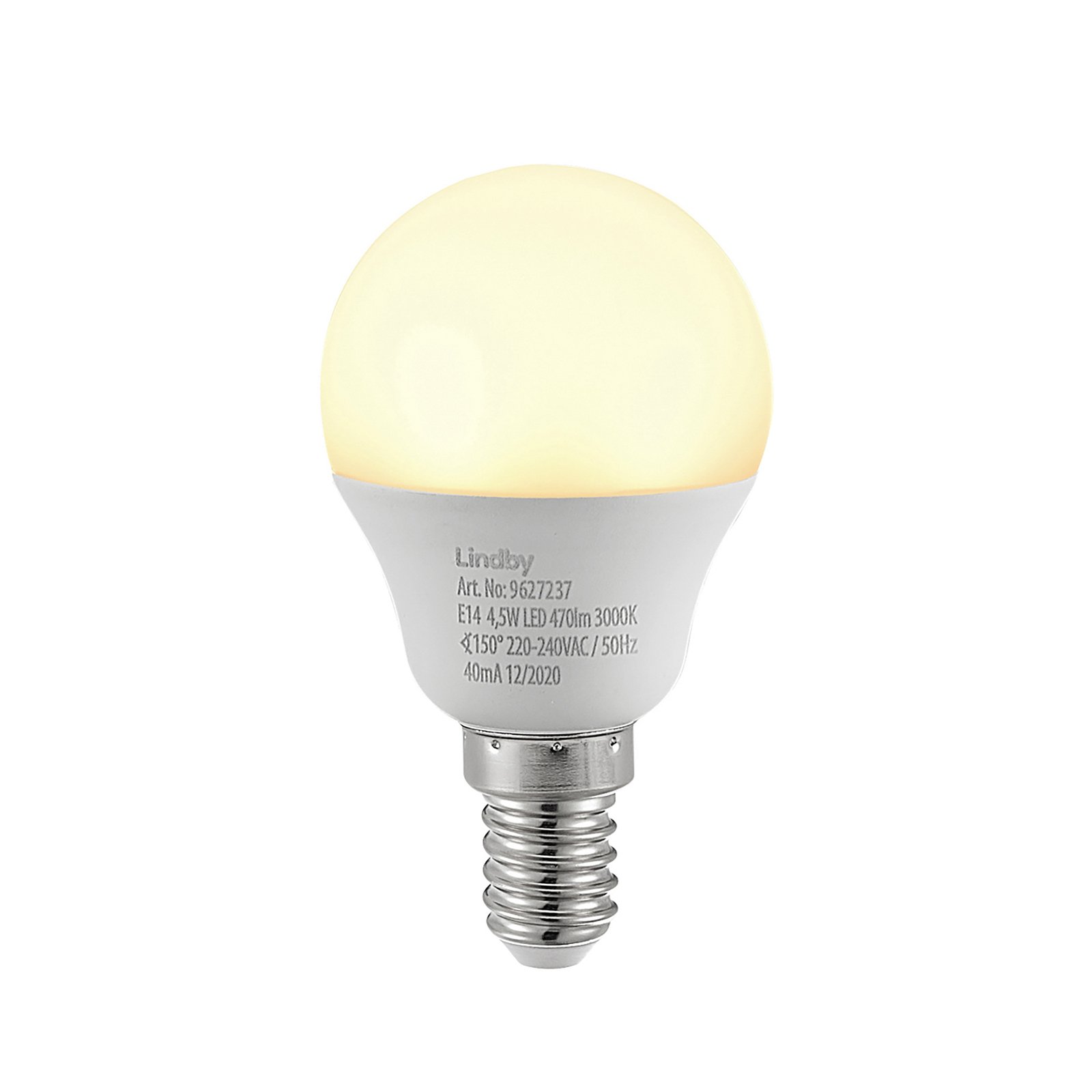
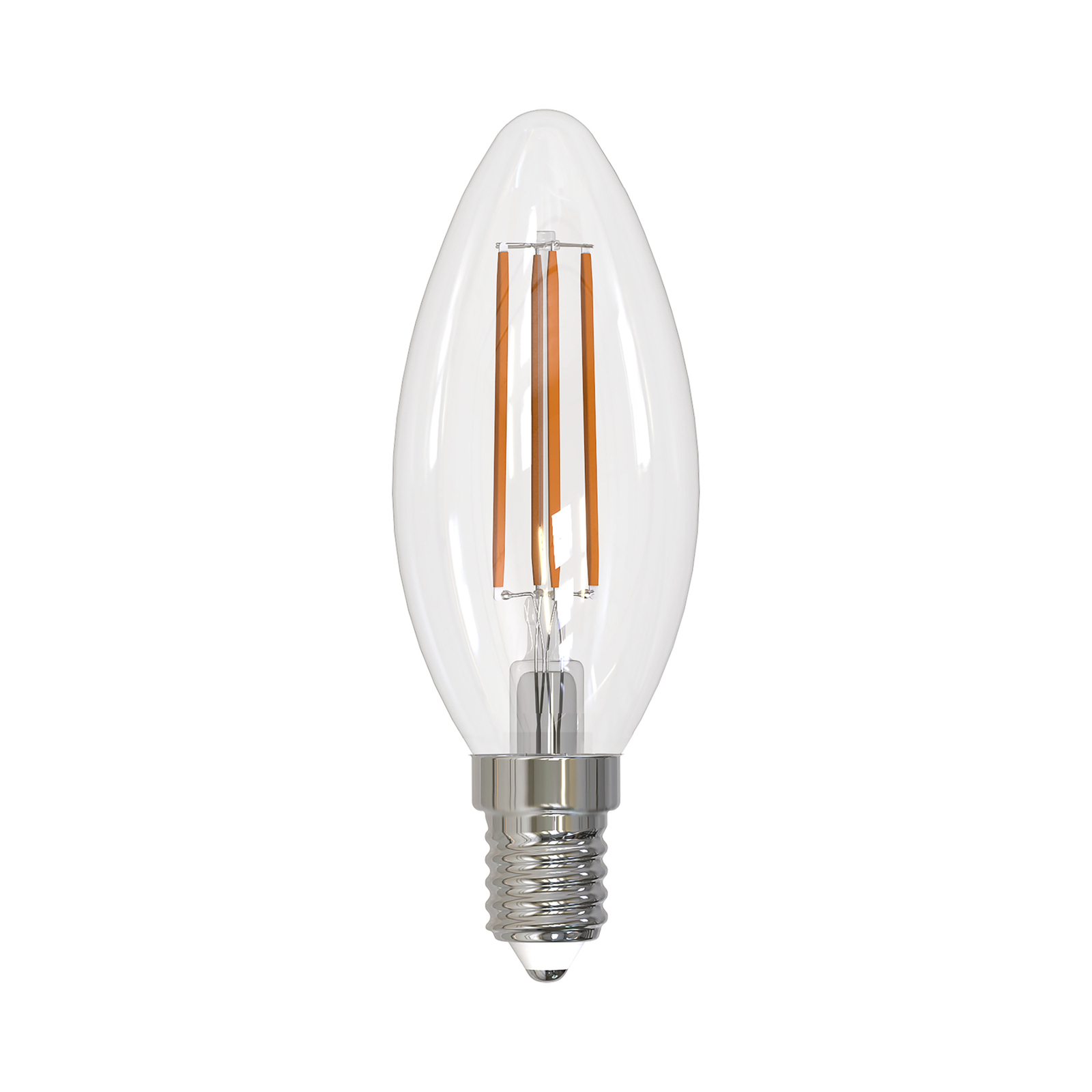
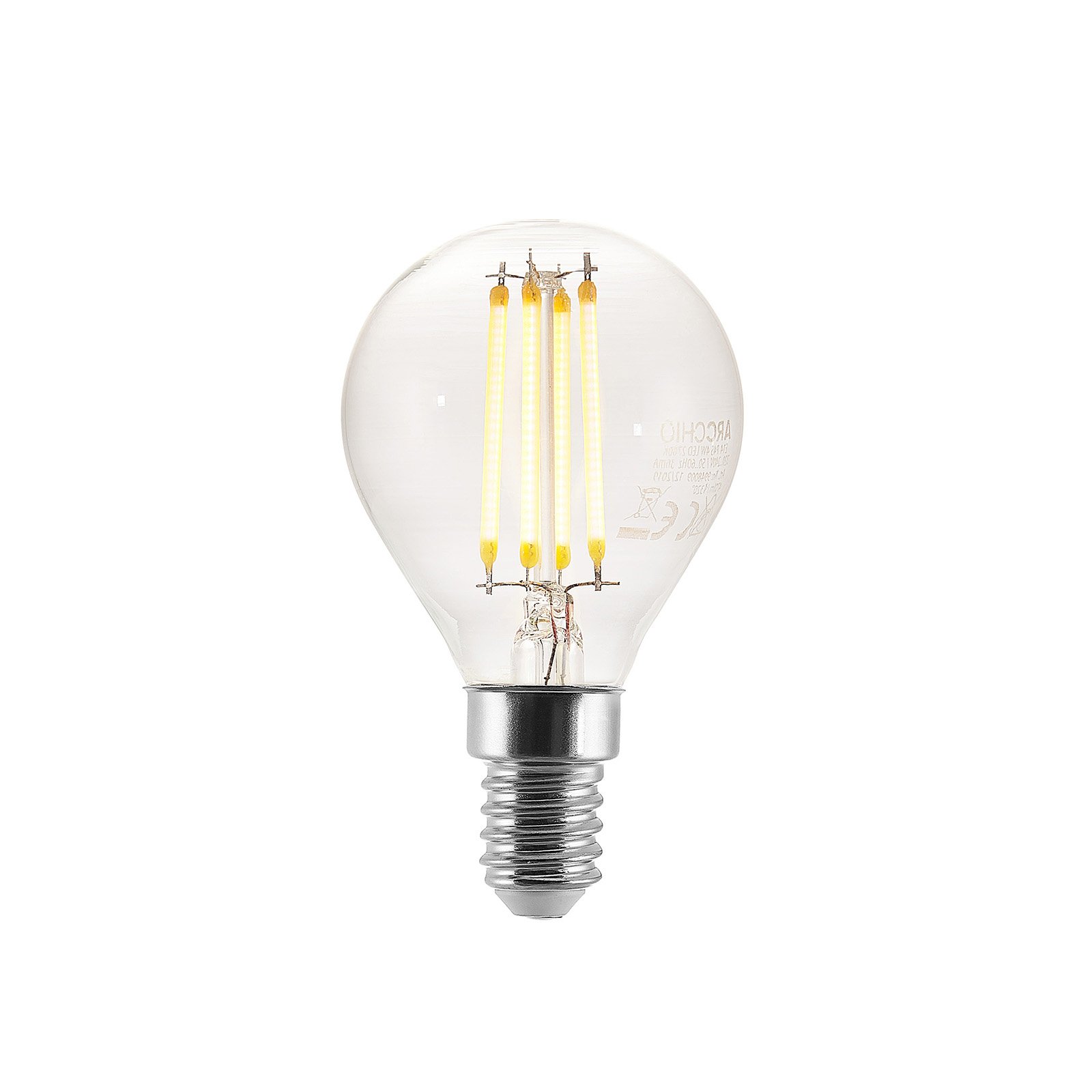
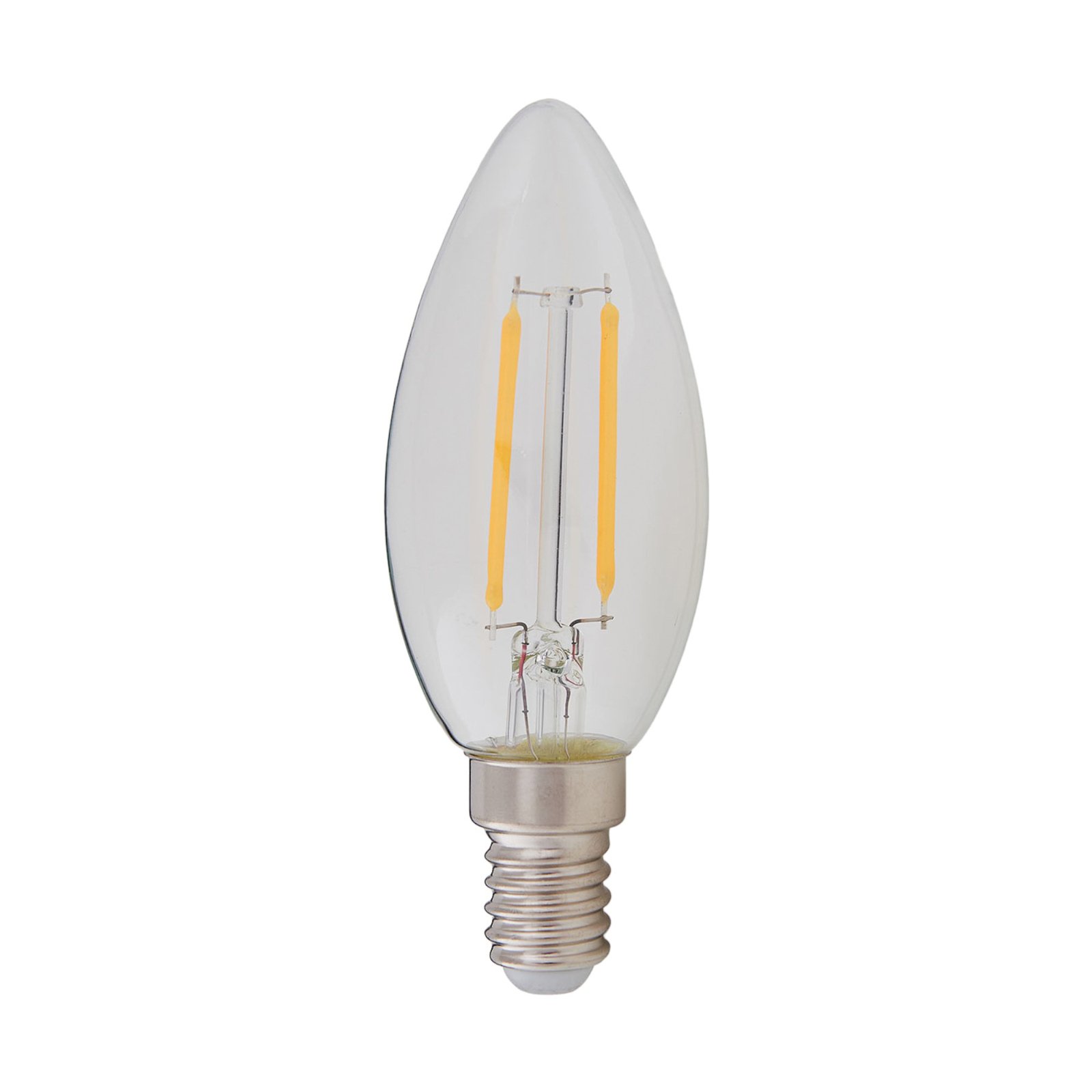

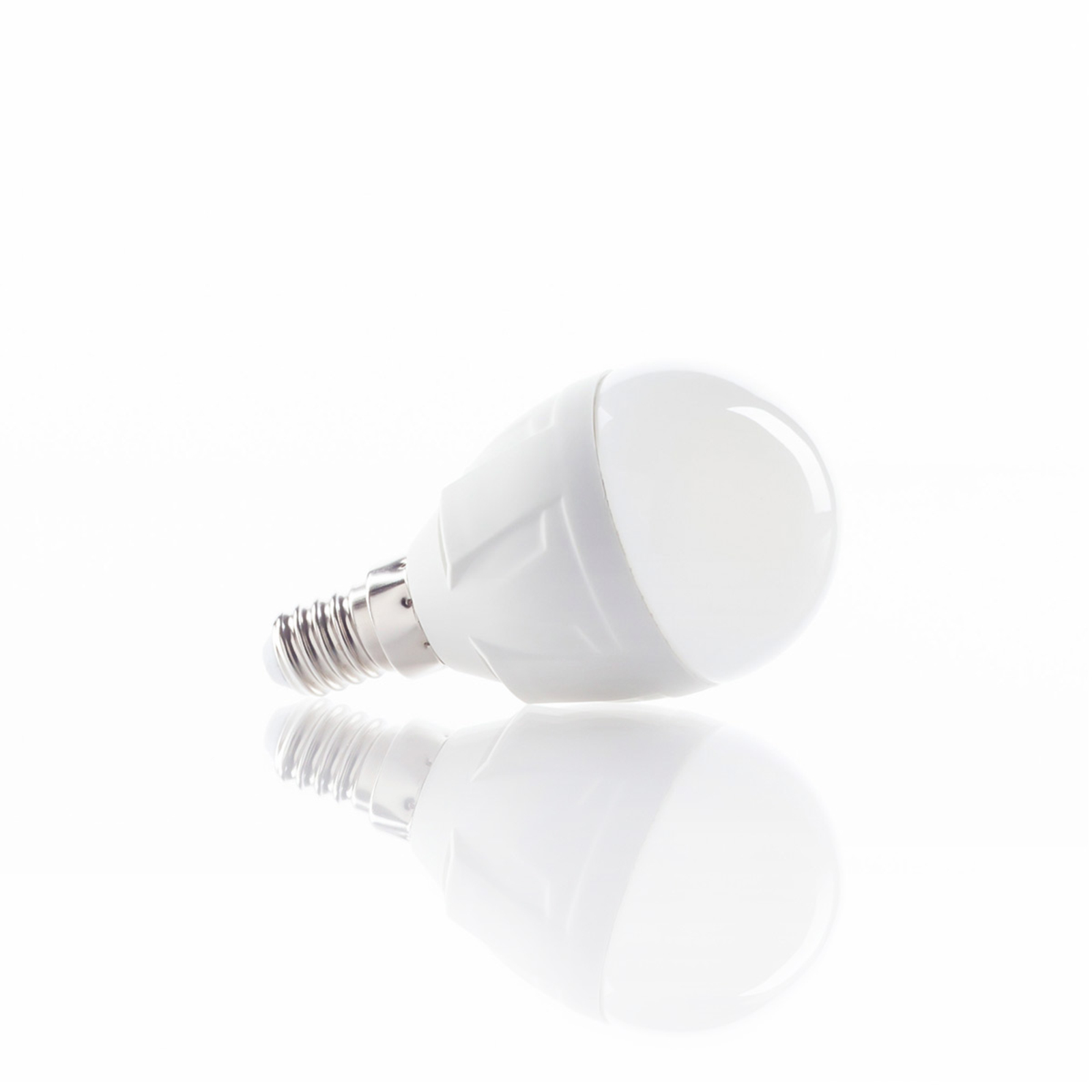

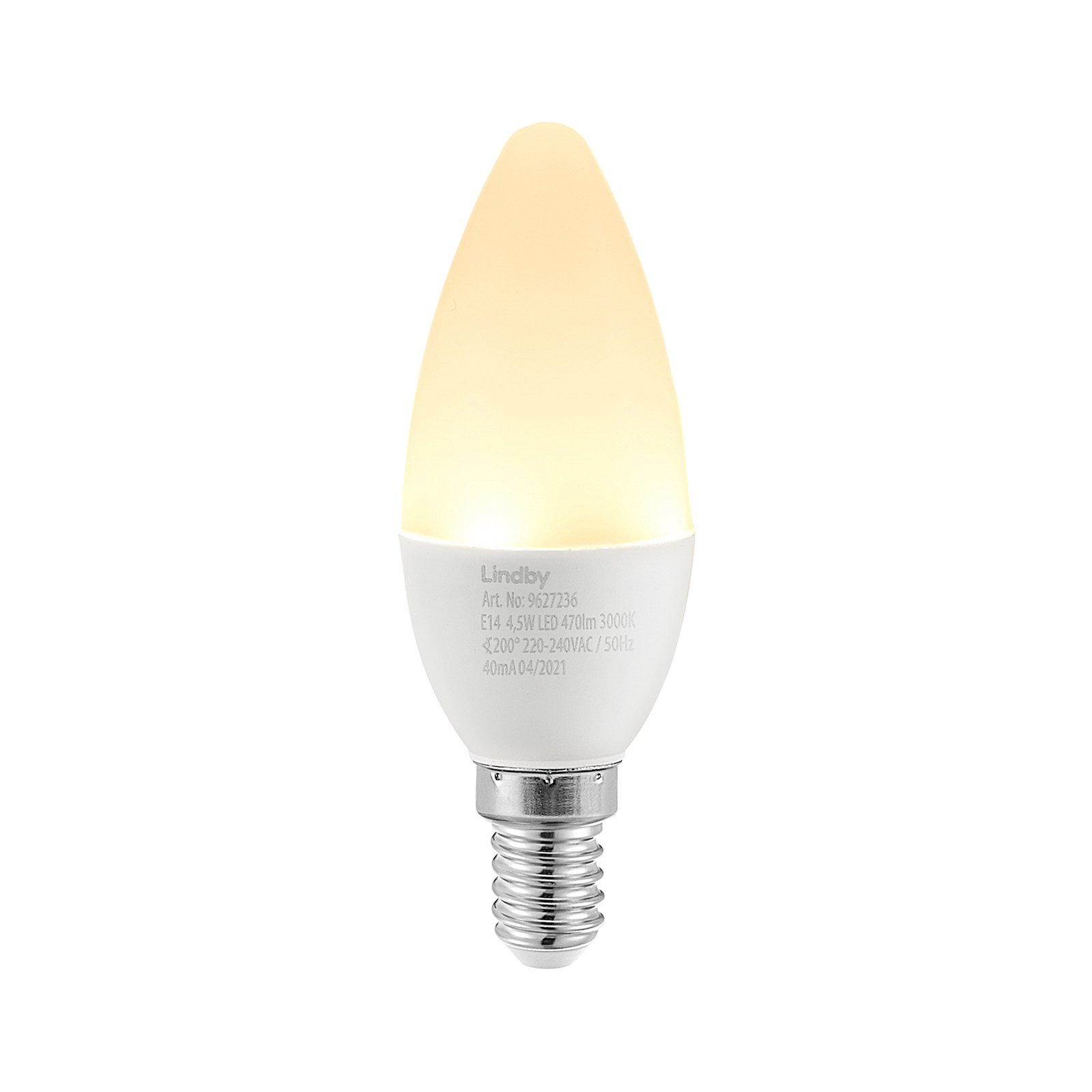


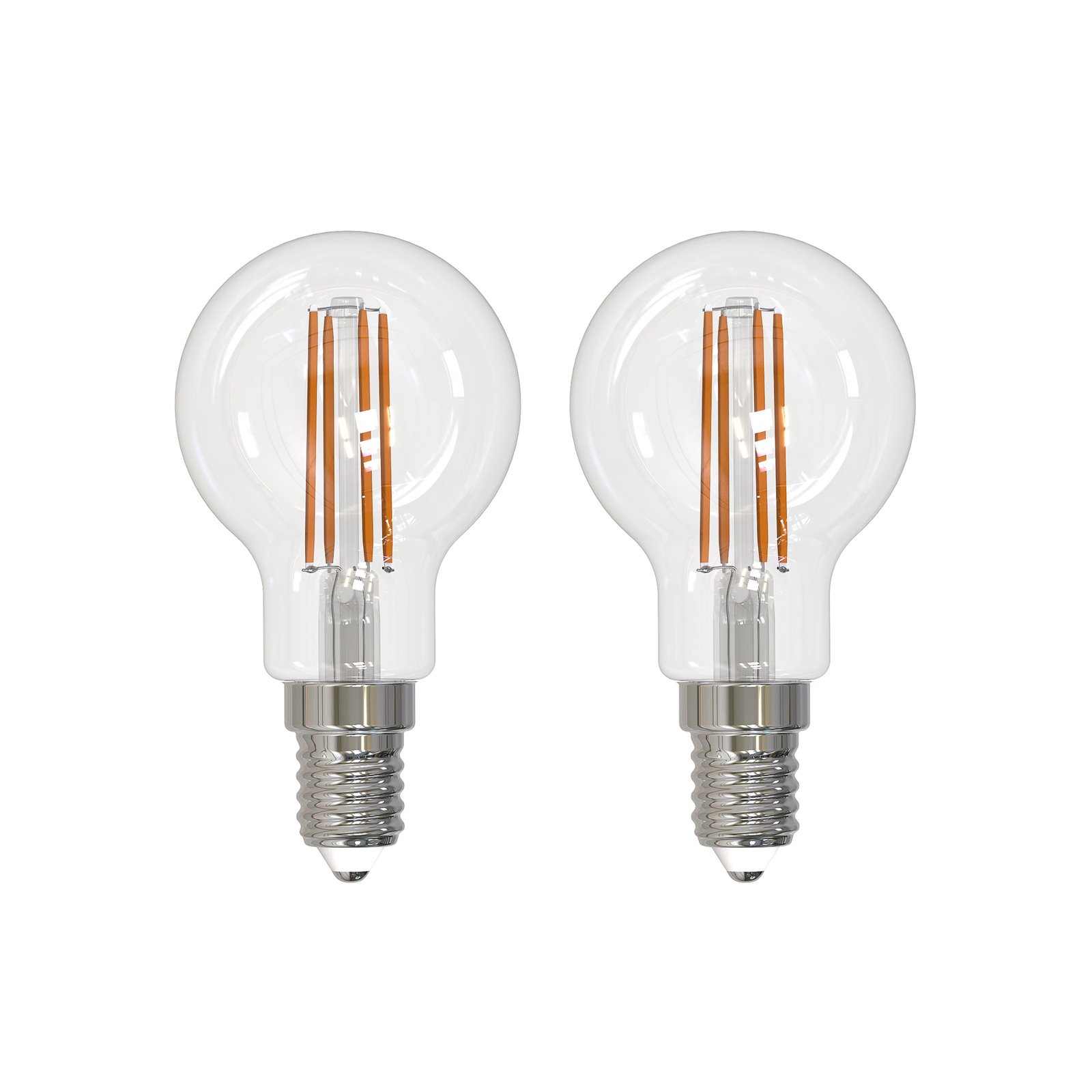
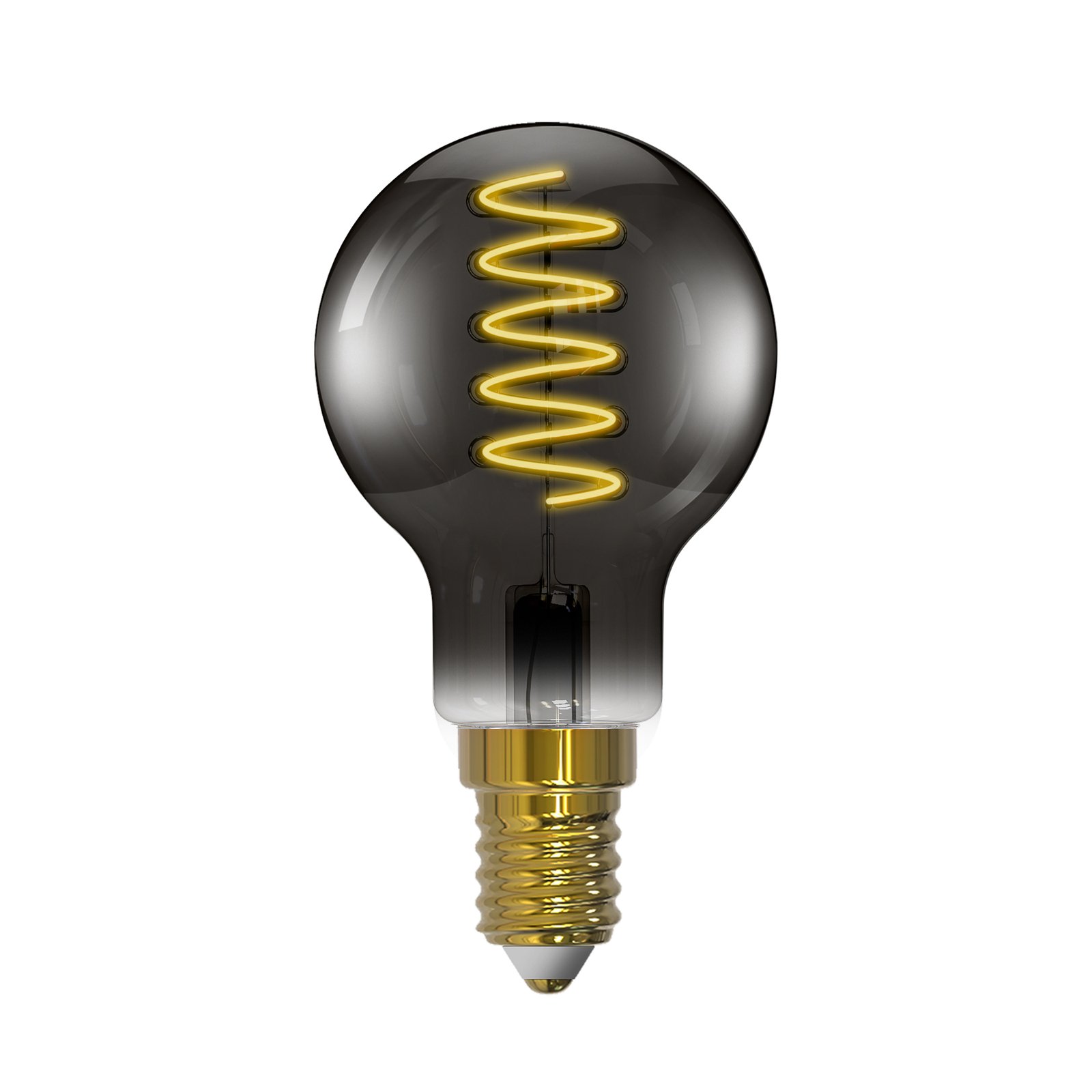
:format(jpeg))

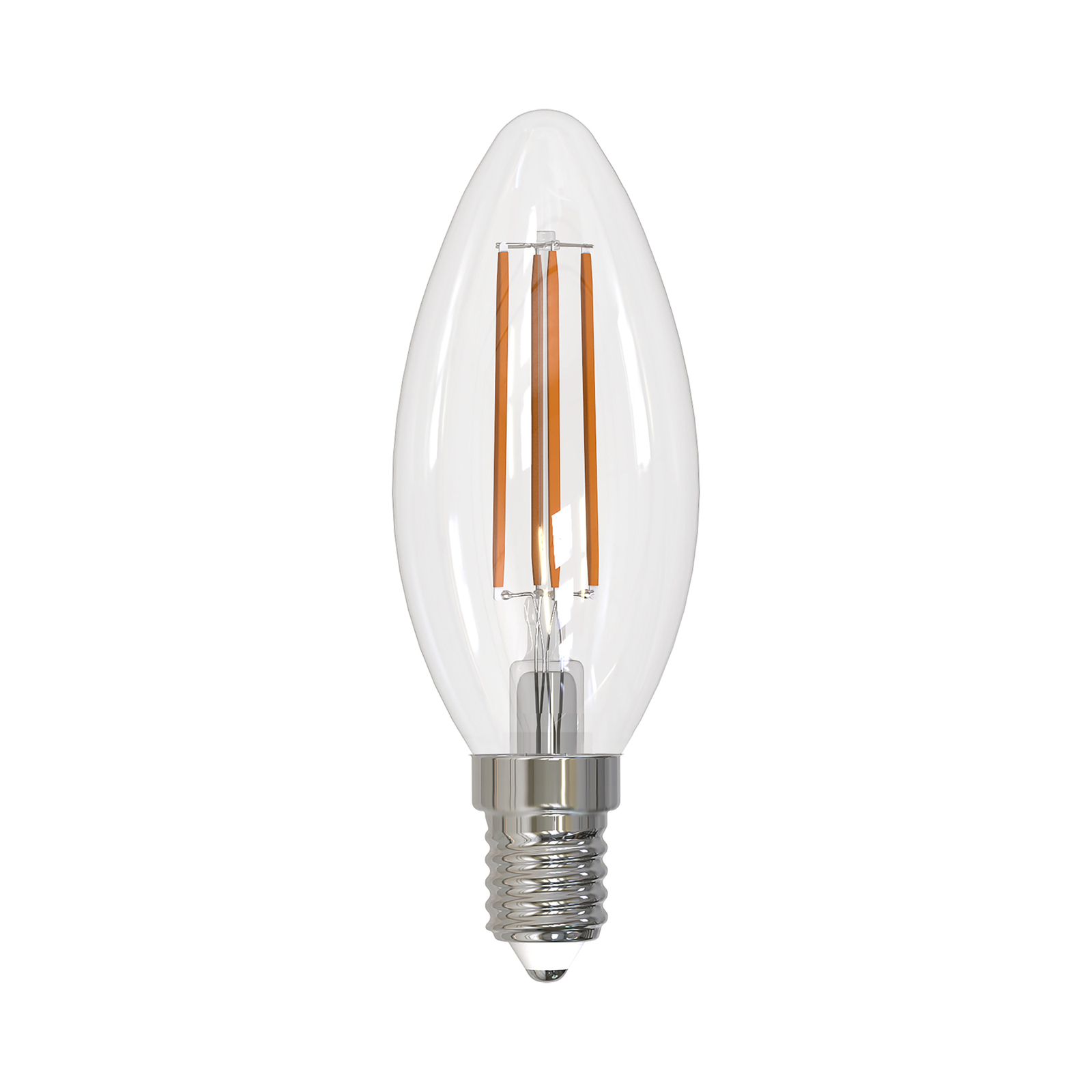

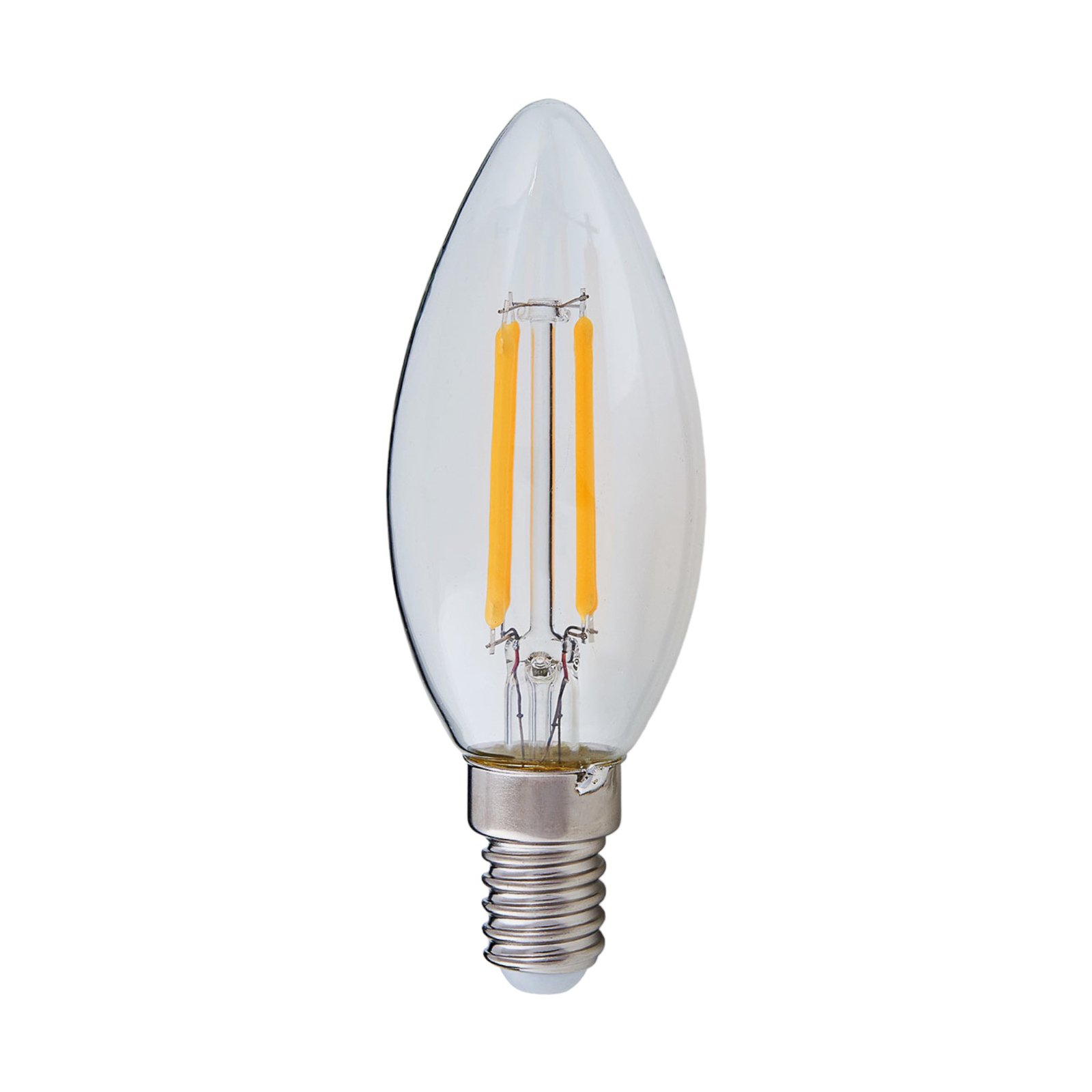
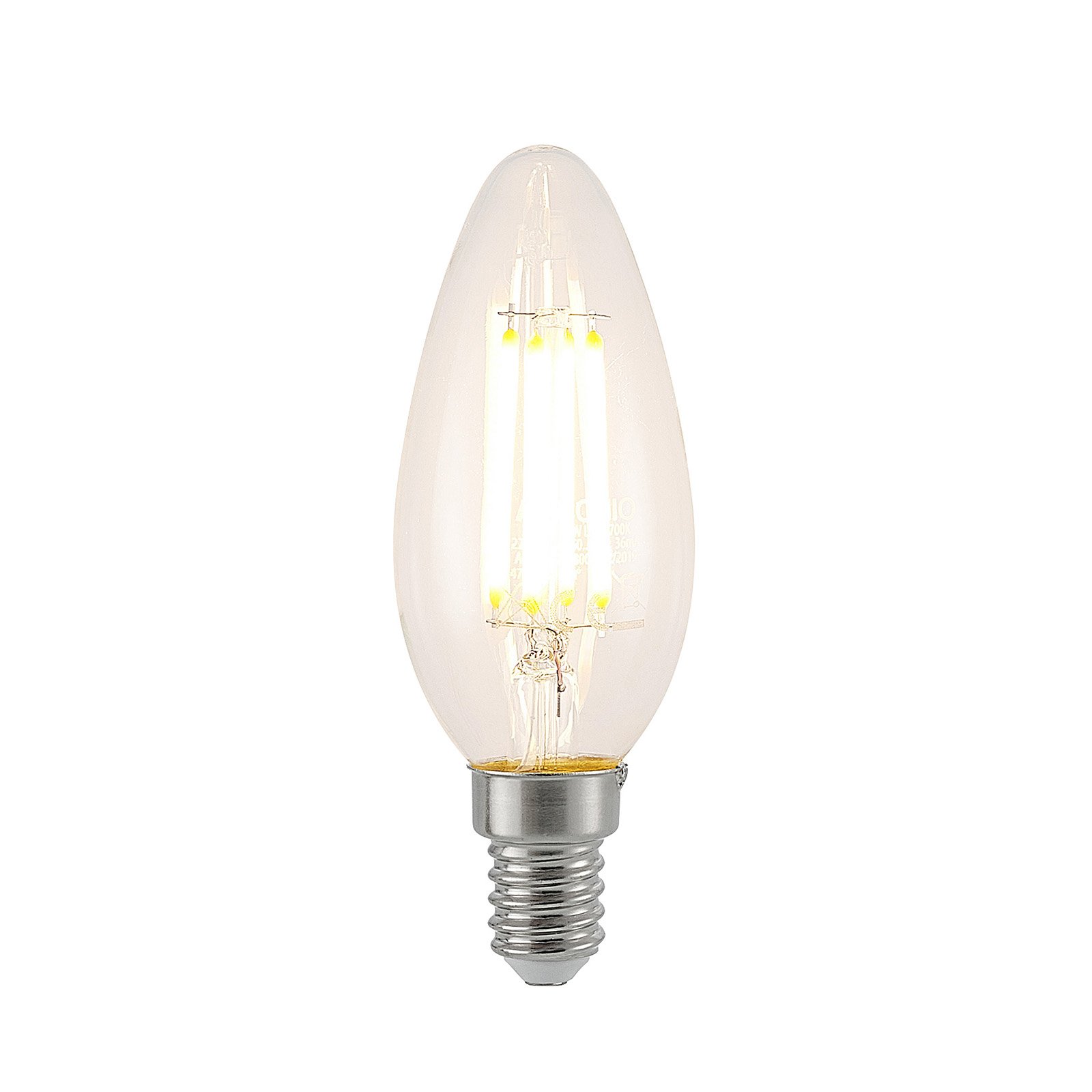
:format(jpeg))
:format(jpeg))
:format(jpeg))
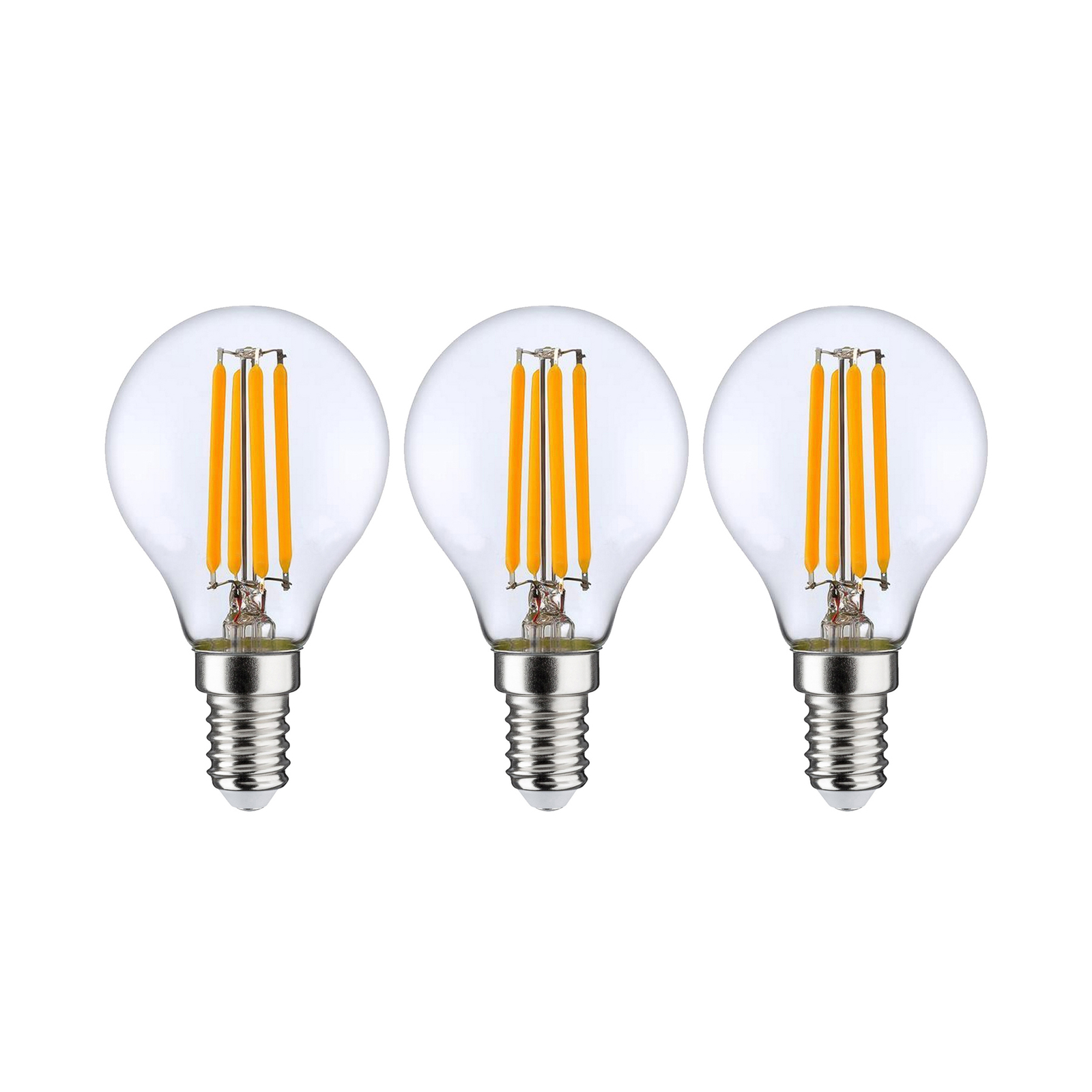
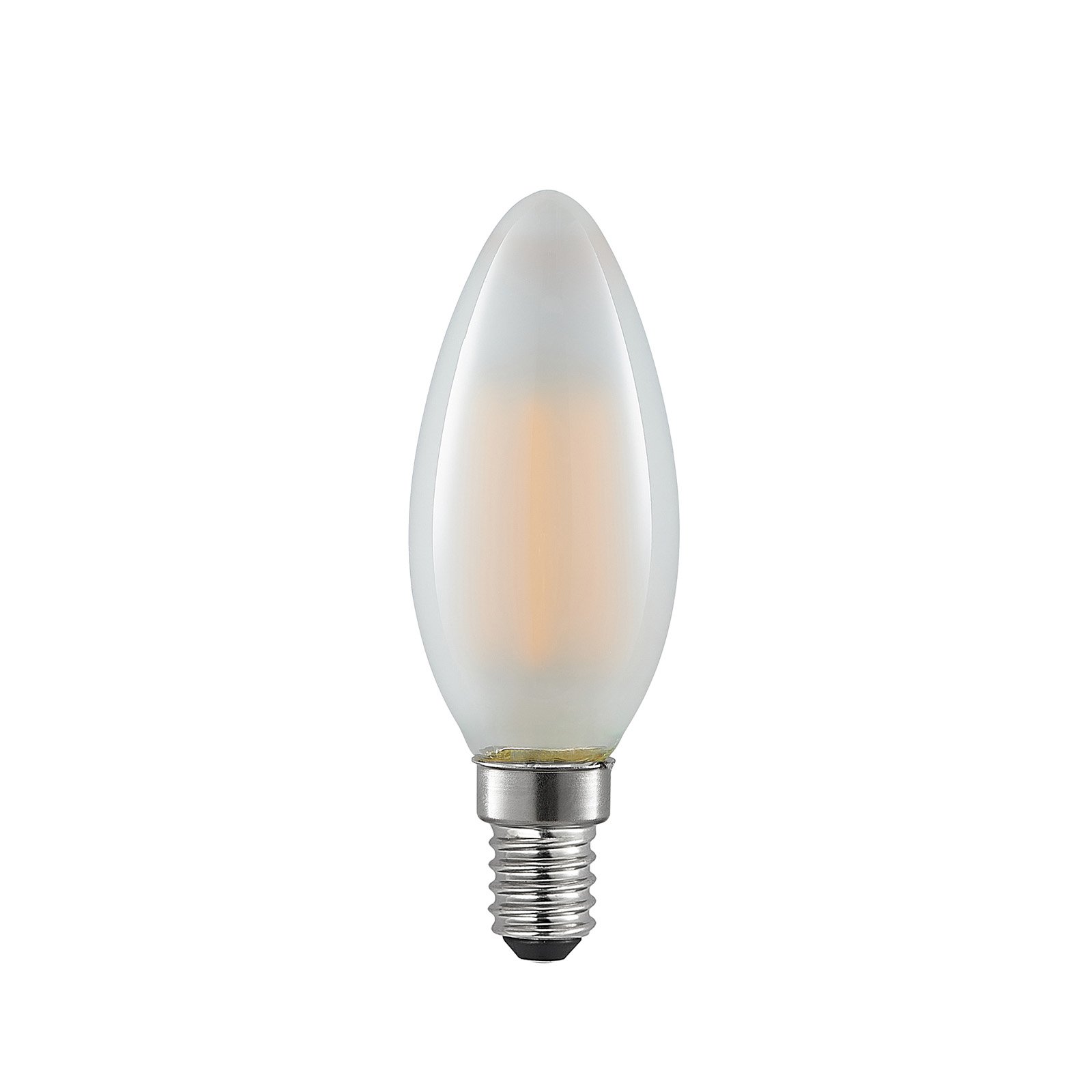
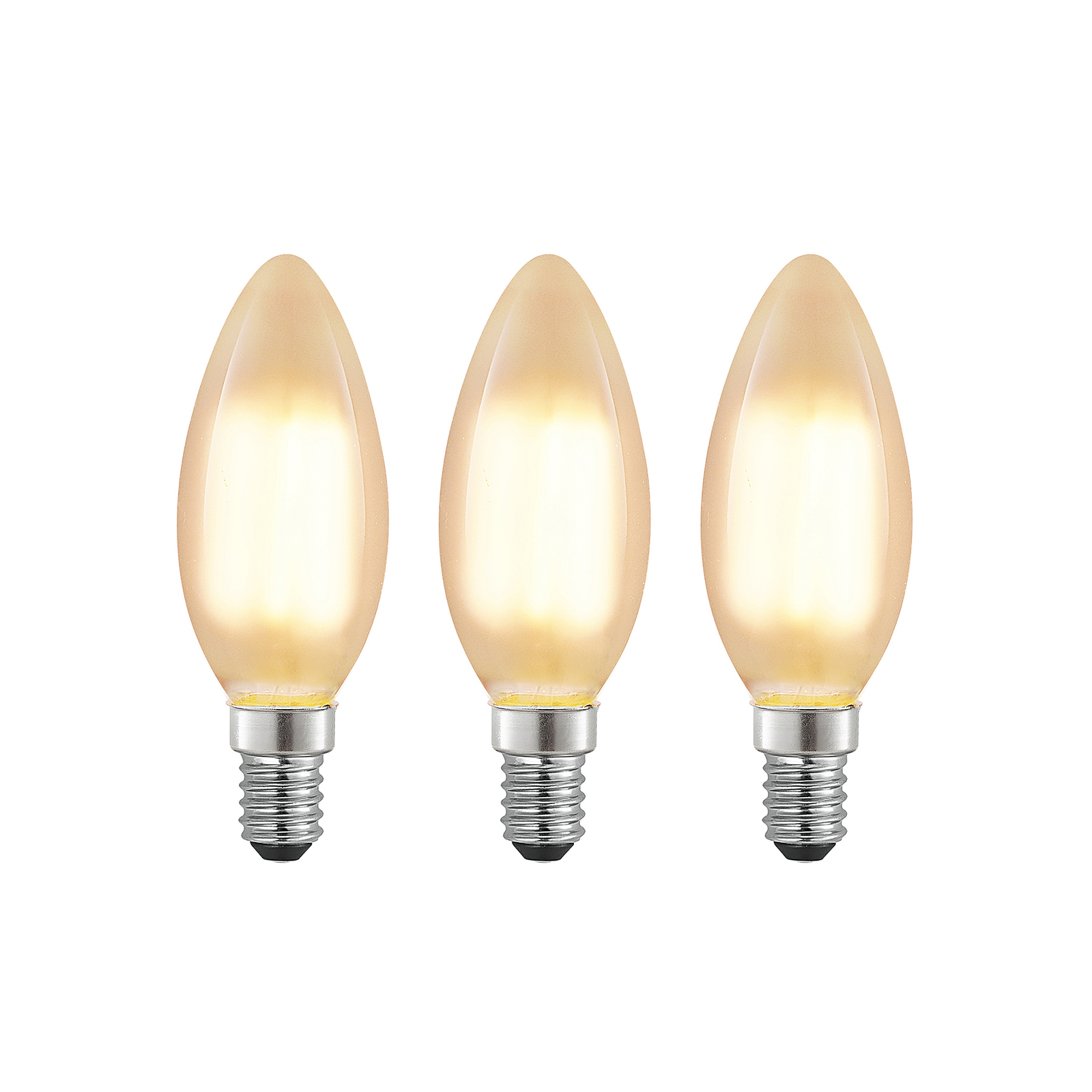
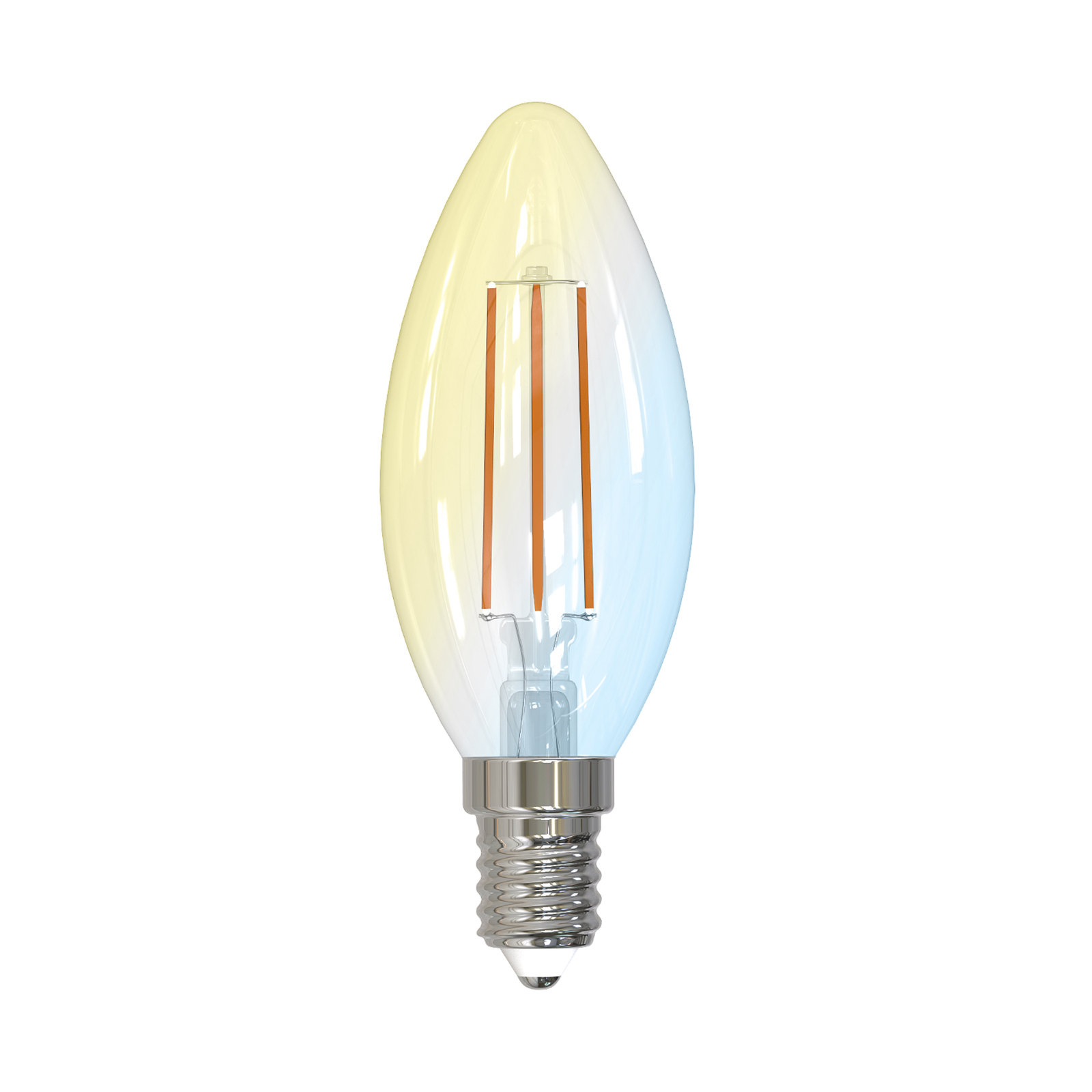

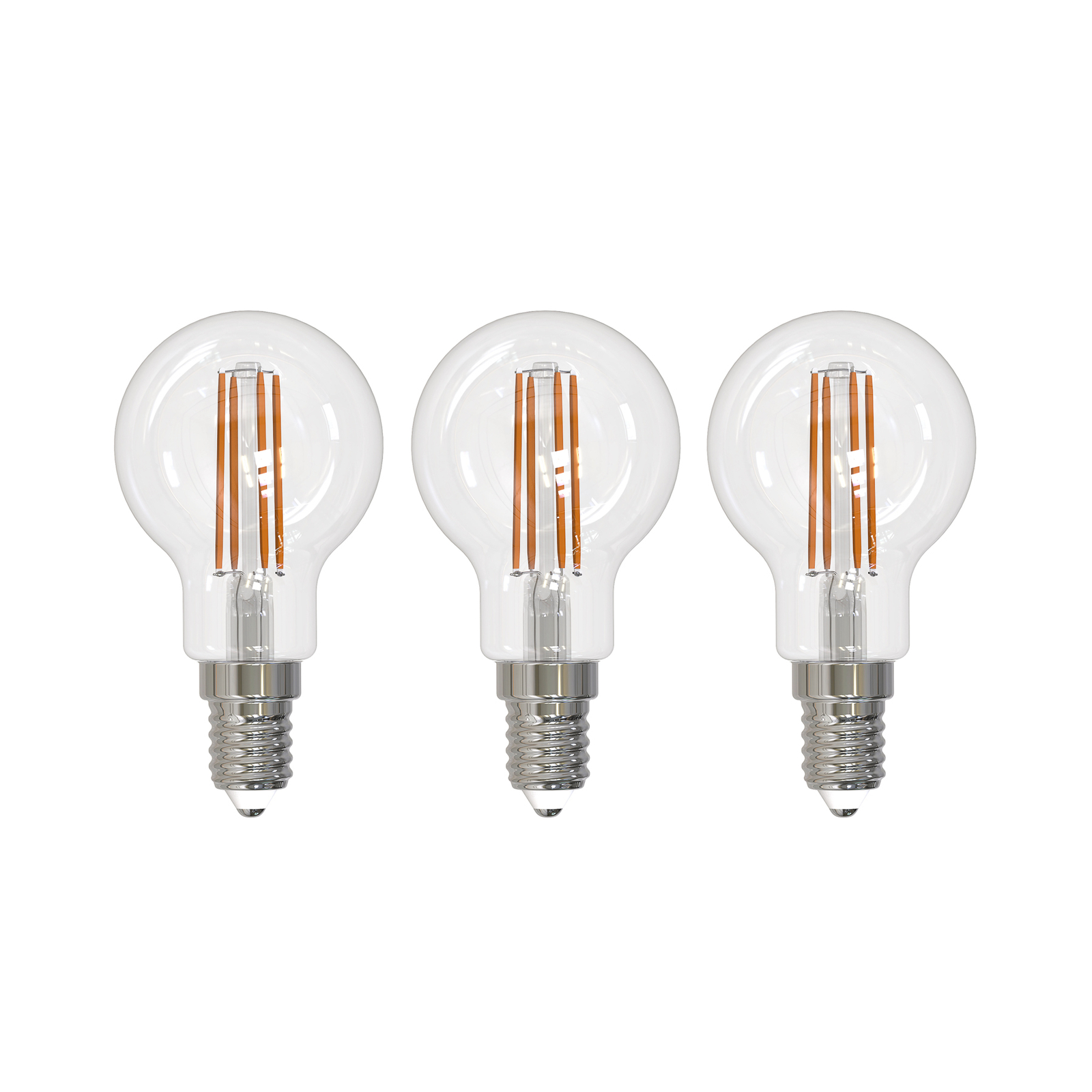

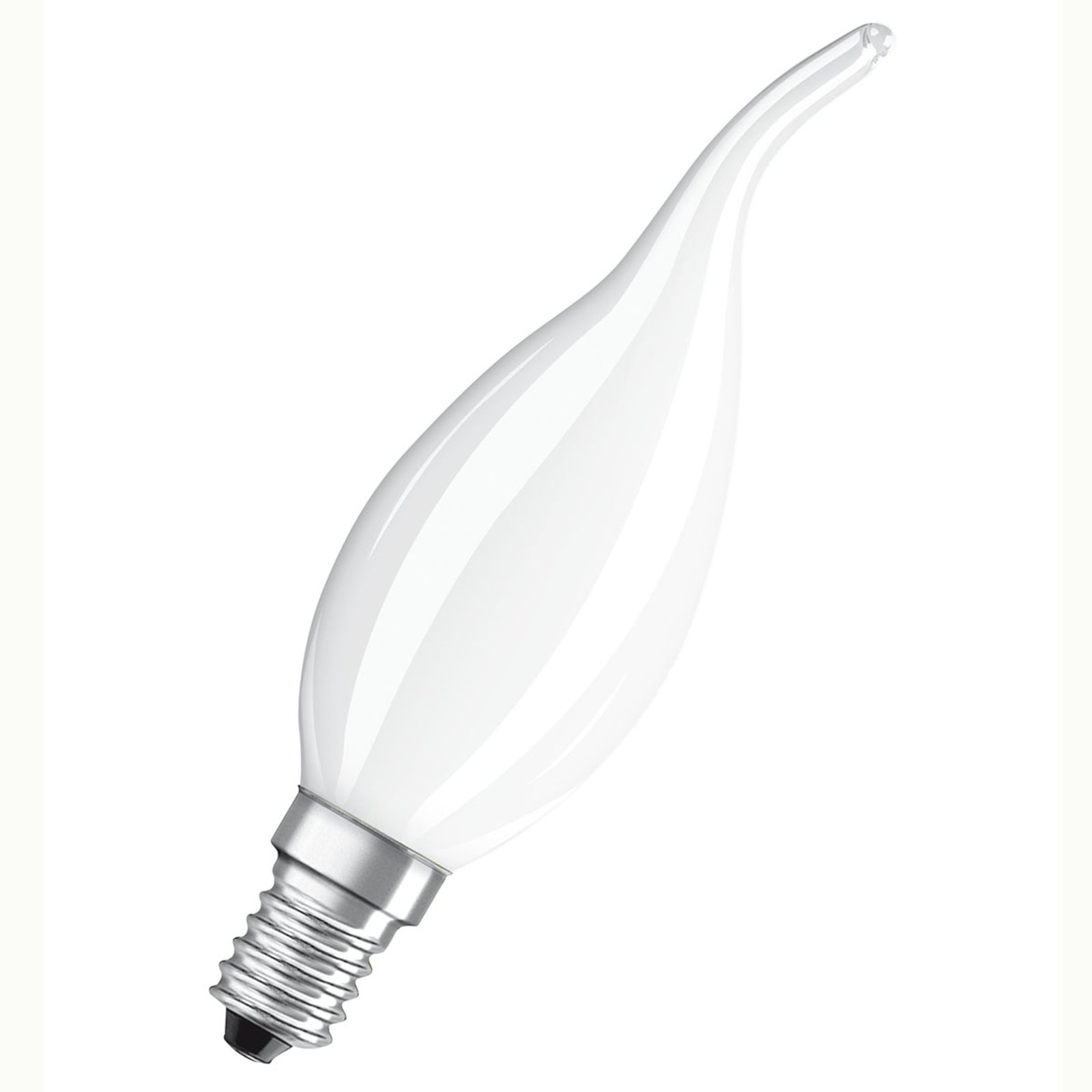
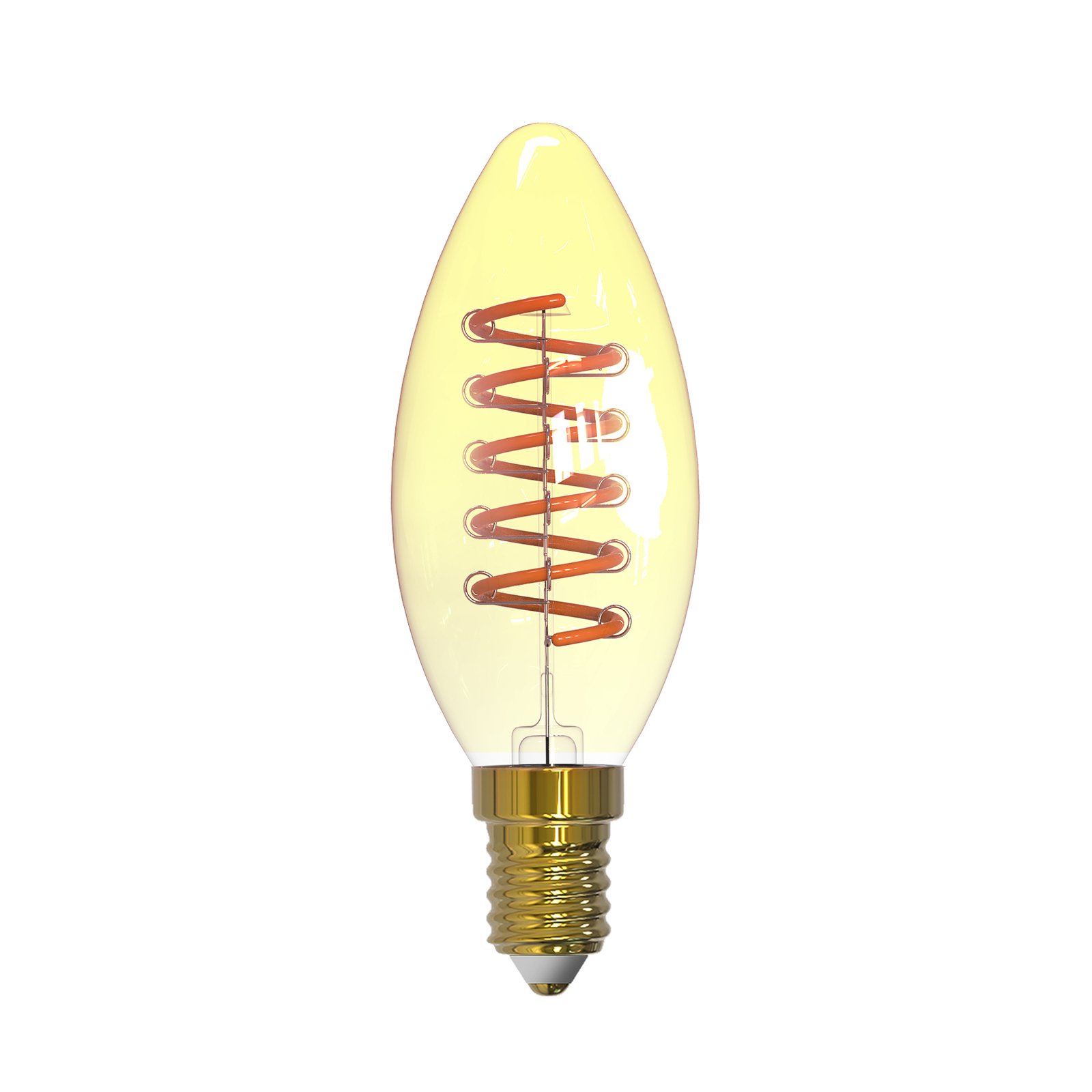
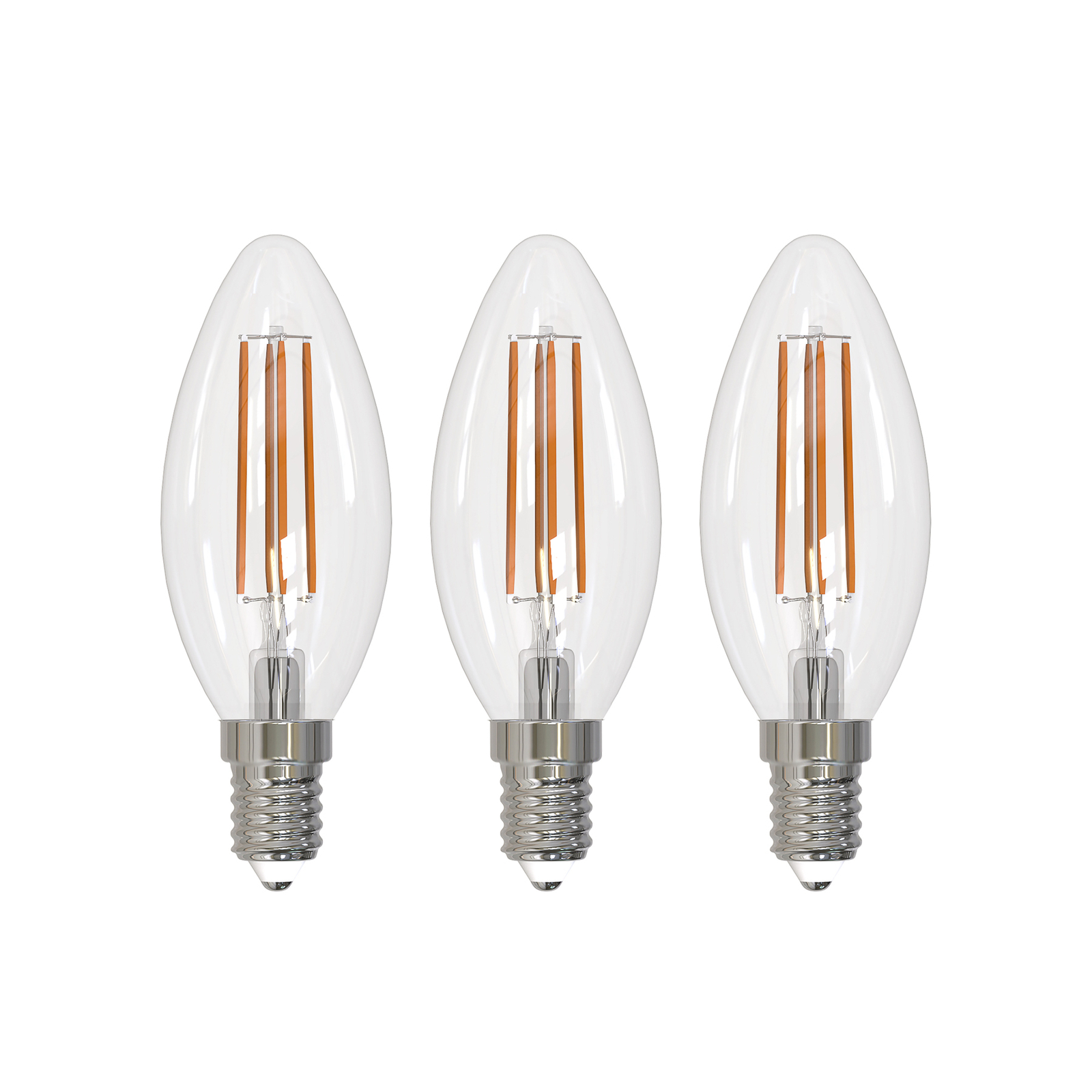
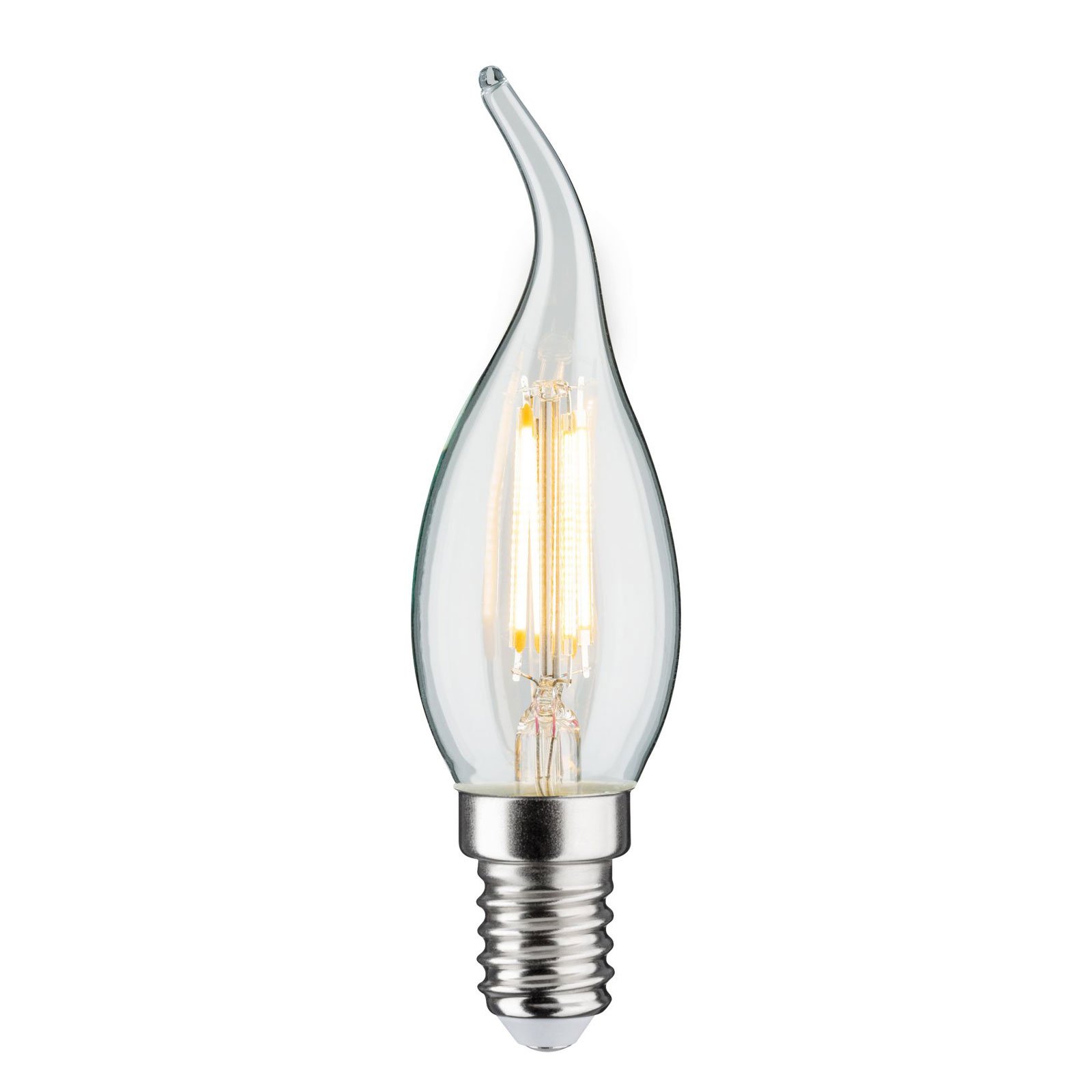
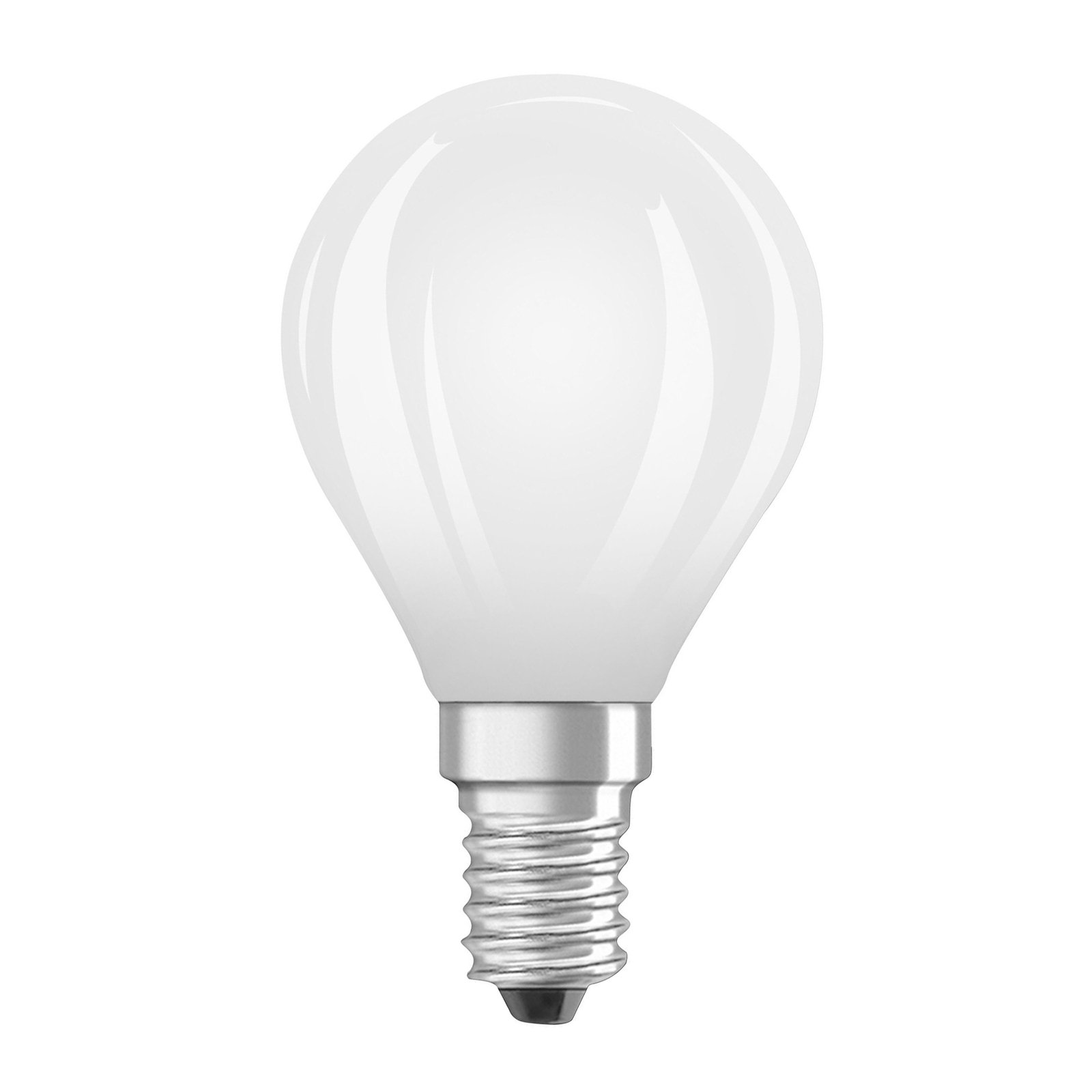
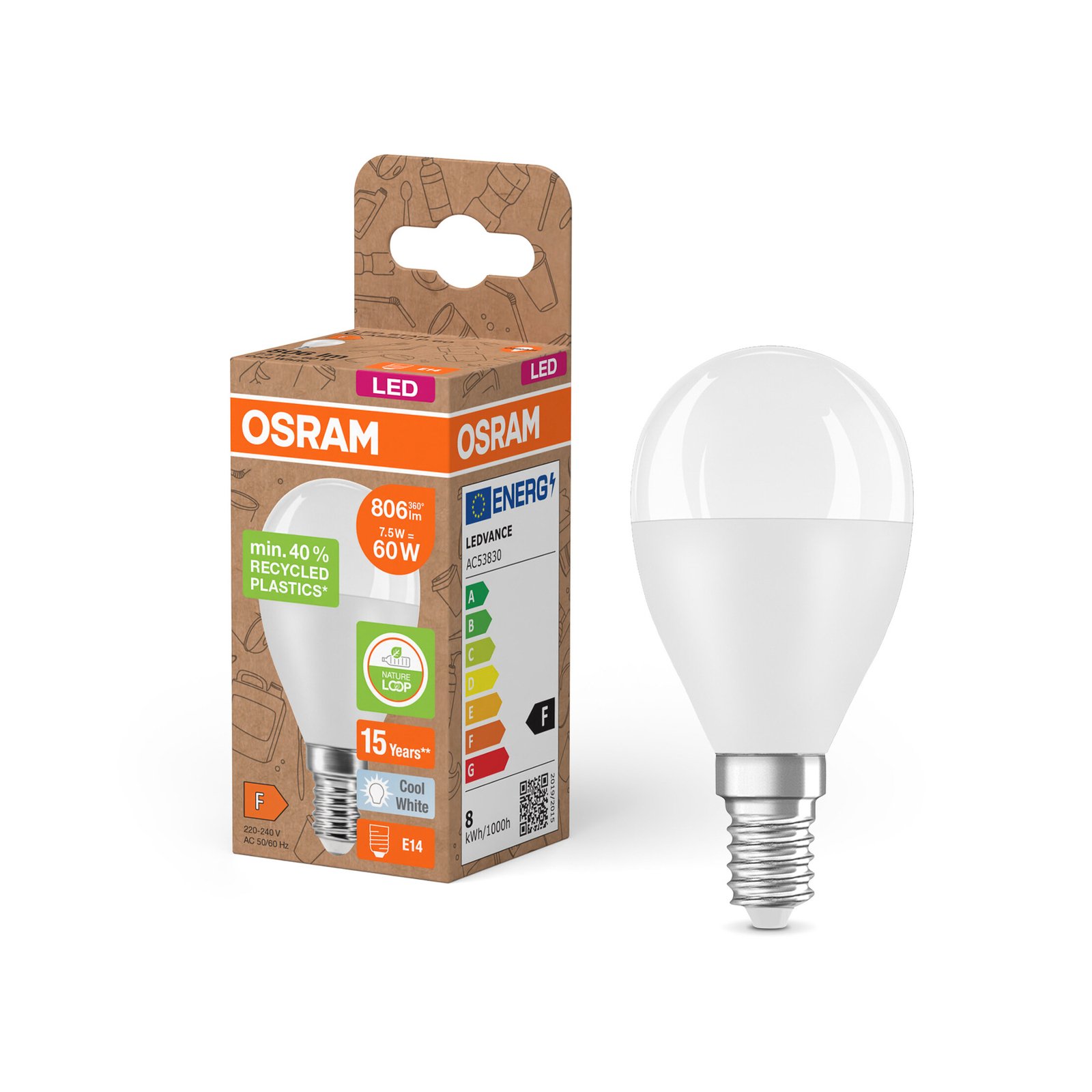
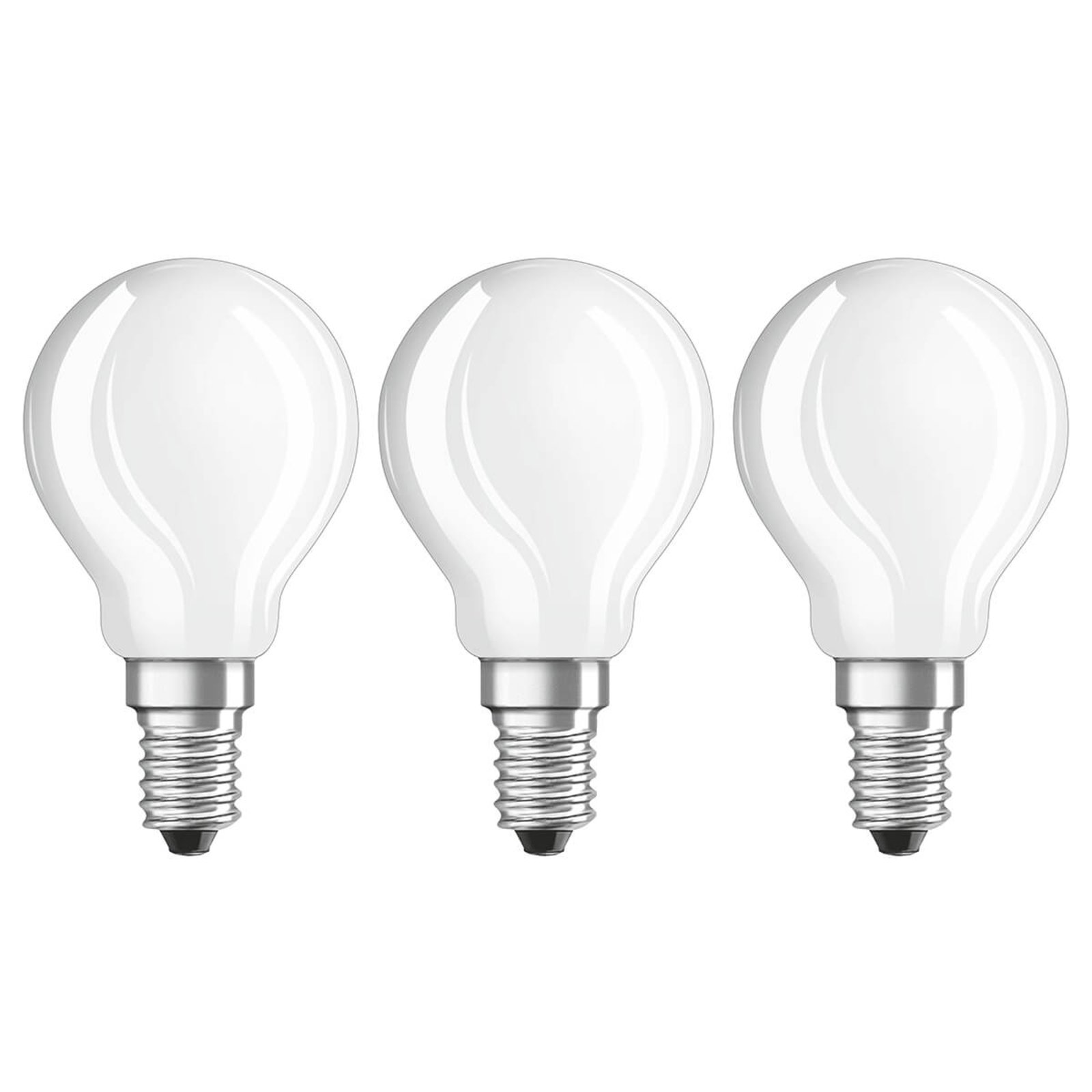
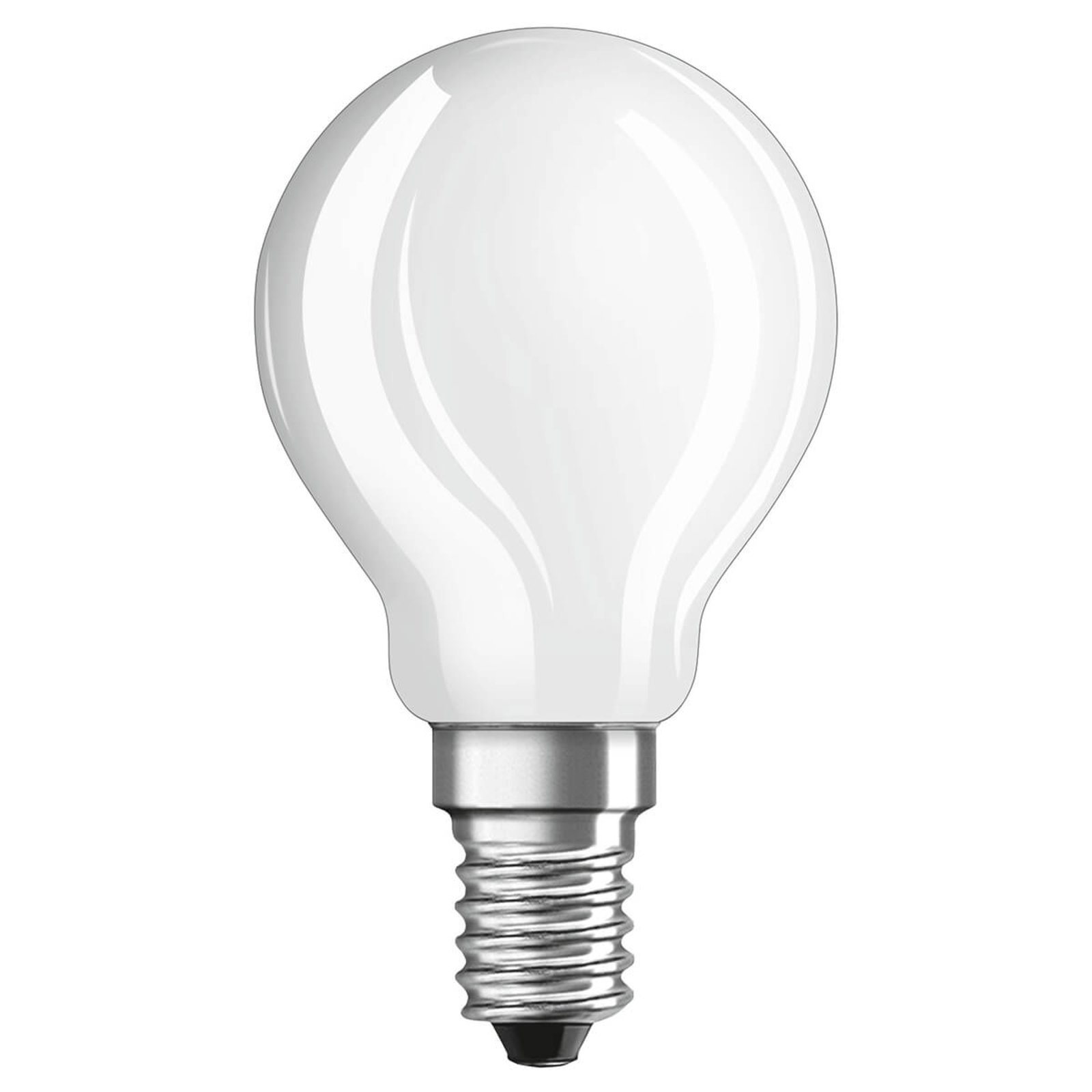

:format(jpeg))
